 Abraham Lincoln
If given the truth, the people can be depended upon to meet any national crisis...
Abraham Lincoln
If given the truth, the people can be depended upon to meet any national crisis...
 Guildford news...
for Guildford people, brought to you by Guildford reporters - Guildford's own news service
Guildford news...
for Guildford people, brought to you by Guildford reporters - Guildford's own news service
Birdwatcher’s Diary No.232
Published on: 18 May, 2021
Updated on: 20 May, 2021
By Malcolm Fincham
May has always been a busy one for me, ambling about the Surrey countryside in pursuit of what may be found to photograph. This one was no different.
Weather-wise it began on the same theme as April concluded. Below average temperatures by day, with somatic sensations of frost by night. The strength of the daytime sun, however, was by now, strong enough to bring forth a good number of flying insects for the increasing number of summer birds arriving to feed on.
Meandering through corridors of uncertainty, open-minded as to what I may spy as I surveyed the sight and sounds of wildlife in the Surrey countryside.
On May 2 at Britten’s pond, Salt Box Road, as the evening light began to fade, a few swallows could now be seen feeding over the water.
A common sandpiper visited, briefly, late afternoon, and could be seen working its way around the islands there.
Surprisingly for me, especially for the time of the year, a drake shoveller was present, a rare sighting on the pond even during winter months. It wasn’t long before it took flight, however.
My first sighting of a recently fledged robin also made an appearance as I walked around the pond.
Later that evening I couldn’t resist stopping to take a few photos of the group of donkeys as they grazed in the evening sunlight in a field by Tangley Lane.
I wondered how long they live? When I was a teenager, living in Shepherds Lane, Stoughton, I remember, when the wind was in the right direction, hearing donkeys from Gravetts Lane / Tangley Lane, Worplesdon, braying “hee-haw” in the dead of night. So, donkey’s years, I guess?
At Staines Moor it remained springlike and sunny at times. Just about warm enough for a few butterflies to appear on the wing.
As well as several orange-tips, a few small copper butterflies could be found there.
Also adding a holly blue to the day list.
The River Colne, which runs through the reserve, glistened in the sunlight as the breeze unsettled its surface in an attempt to return the water to whence it came.
Grazing the area were a score, or so of horses, mixed in with the cattle.
Several wheatears were still stopping off as they passed through, seen perched upon the small mounds.
A lesser whitethroat was a new addition to this year’s sightings, giving itself up with unusual ease and allowing me several photos.
Across the field, lapwings could be seen displaying.
Skylarks could be heard singing, while meadow pipits could be seen in good numbers.
And a hobby came into view, low across the moor.
Swifts were a recent addition to my sightings there. Not seeing any of my local ones in Stoughton until May 5.
On my local “patch” at the Riverside Nature Reserve, near Burpham, common whitethroats and blackcaps were still in song.
And showing well to photo.
House martins and swallows were viewable, over the lake as well as the sewage works.
A few reed warblers had at last arrived and could be heard singing by the lakeside.
On the island, a common sandpiper could be viewed working its way around the water’s edge, picking out insects.
Around the lake, much later than in recent years, Mayflower (hawthorn) was beginning to blossom.
Moving on to Tice’s Meadow, near Badshot Lea, I was able to add a wood sandpiper to my year’s sightings.
Swifts were now plentiful, sometimes flying by quite low over the viewing mound.
Despite the lack of rain during April, water levels were still too high to visit the other hide there. Some gulls appeared to be taking advantage, however, by making their nests on its roof.
Looking across to the far side of the lake, several roe deer could be viewed as they scampered along its far bank.
Much nearer to view, basking in an interval of warm sunshine, I had an opportunity to photograph my first slow worm of the year.
An opportunity to visit Unstead Sewage Farm, near Godalming, brought back nostalgic memories of days gone by. Having witnessed its deterioration over the past 20 years or more, it was inspiring to see some of the recent and ongoing improvements. Water was now flowing back through the reserve and the scrapes had been cleared of sallows that had engulfed it.
On the open areas of water were a pair of coots with young.
Hirundines were, as always, plentiful there at this time of the year, estimating well over a thousand in all. A few house martins and swallows could be view perched on overhead wires, resting a while from their long flight and a fill of the flying insects on hand.
Eventually, by May 9, on a visit to Papercourt water meadows, near Send, with Bob and Dougal, I was able to catch up with a whinchat. This having missed out on several that had recently been sighted at previous places I had visited of late, but too late.
This one was certainly worth the wait. A spring male in its summer plumage, for me, is always a special treat to view!
On May 10, and long overdue, I got to meet up once again with long-time fellow enthusiasts, Bob and Dougal for a walk in Chiddingfold Forest.
Four or more nightingales could be heard in song, though only one briefly viewed and too elusive to photograph.
Making up for it, however, a garden warbler perched up and gave a rendition of its song, reminiscent although “fruitier” of that of a blackcap.
Primroses and bluebells were now out in flower, adding a bit more colour to the landscape.
And a bee was collecting nectar from one of many purple plants, I believe called common bugleweed.
Overhead, we saw a brief encounter between a raven and a common buzzard.
Although temperatures had warmed enough in the past day or so, there was a cool breeze being blown up on what should have been a warm southerly.
Just two wood white butterflies was the best we could do that day.
Surprisingly, we stumbled across at least three painted lady butterflies. Although frustrating to catch up with, one eventually paused on a dandelion long enough to photograph.
Later that day we learned there had been an influx of them seen along the south coast.
Wood ants could be seen busily reconstructing their domed nests.
While my first sighting this year of an adder, added to my tally.
A return to Britten’s Pond on May 10, the pair of swans allowed me my first sighting of their clutch of six cygnets as they paraded them around the pond.
A pair of Canada geese were also tending to their young goslings. Their mum, allowing them to snuggle under her wings for warmth and security.
Just as well there were only four of them!
On one of the islands there, a grey wagtail could be viewed fly catching over the water.
A nuthatch had welcomed me in from the car park.
And yet another female blackcap showed herself.
More goslings could be seen just a few days later while visiting Trigg’s Lock, at Sutton Green. On this occasion it was a pair of Egyptian Geese parading their young along the navigation.
By the towpath, a chiffchaff had alerted me with its song.
As we approached the middle of the month, rain-bearing Atlantic westerlies had descended upon us. Being still on the northern side of the undulating jet stream, the air remained cool when the sun refused to shine. “People tell me there ain’t no use in trying.”
With bluebells at their best during the first weeks of the month around the Surrey Hills.
I took advantage of an evening walk around St Mary’s Church, Worplesdon. Taking in the sights and sounds in the stillness of its surroundings.
A pair of jackdaws had nested just above one of the church clocks.
While both green and great spotted woodpeckers could be heard and occasionally seen within the woodland beyond.
“Even, in the quietest moments,” the gentle sound of a firecrest could be heard and some of its song, still within my hearing range too!
Following its whispered tune, eventually, the tiny bird appeared quite close by.
Responses to Birdwatcher’s Diary No.232
Leave a Comment Cancel replyPlease see our comments policy. All comments are moderated and may take time to appear. Full names, or at least initial and surname, must be given.
Recent Articles
- Notice: The Welcoming Committee for Hong Kongers
- Letter: This Shows Why Councils Should Not Dabble in Property Investment
- GBC Dismisses Fears That New Ash Road Bridge Will Cause Traffic ‘Bottleneck’
- Marking Holocaust Memorial Day 2025 at the Surrey History Centre
- Surrey Councils Call on Residents to Recycle All Their Food Waste
- Windfall Grant Allows High Street Redevelopment Project to Proceed
- New Crossing at Burpham
- Young Councillor Quits Tories for Reform
- Surrey Police Crackdown Shows Serious Rise In Drug-Driving
- Letter: Too Many Years Have Been Lost Awaiting This Decision


Recent Comments
- Dave Middleton on GBC Dismisses Fears That New Ash Road Bridge Will Cause Traffic ‘Bottleneck’
- Paul Spooner on Windfall Grant Allows High Street Redevelopment Project to Proceed
- David Roberts on Letter: Shaping Guildford’s Future and Meeting the New Housing Uplift
- Frank Ayling on Cold War Fighter Jet Collision Over Guildford
- Simon Vine on Birdwatcher’s Diary No.318 Some Pre-Christmas Rambles
- RWL Davies on County Council Elections ‘Must Go Ahead’ Say Surrey Council Leaders
Search in Site
Media Gallery
Dragon Interview: Local Artist Leaves Her Mark At One of England’s Most Historic Buildings
January 21, 2023 / No Comment / Read MoreDragon Interview: Lib Dem Planning Chair: ‘Current Policy Doesn’t Work for Local People’
January 19, 2023 / No Comment / Read MoreA3 Tunnel in Guildford ‘Necessary’ for New Homes, Says Guildford’s MP
January 10, 2023 / No Comment / Read More‘Madness’ for London Road Scheme to Go Ahead Against ‘Huge Opposition’, Says SCC Leader
January 6, 2023 / No Comment / Read MoreCouncillor’s Son Starts Campaign for More Consultation on North Street Plan
December 30, 2022 / No Comment / Read MoreCounty Council Climbs Down Over London Road Works – Further ‘Engagement’ Period Announced
December 14, 2022 / No Comment / Read MoreDragon Interview: GBC Reaction to the Government’s Expected Decision to Relax Housing Targets
December 7, 2022 / No Comment / Read MoreHow Can Our Town Centre Businesses Recover? Watch the Shop Front Debate
May 18, 2020 / No Comment / Read More






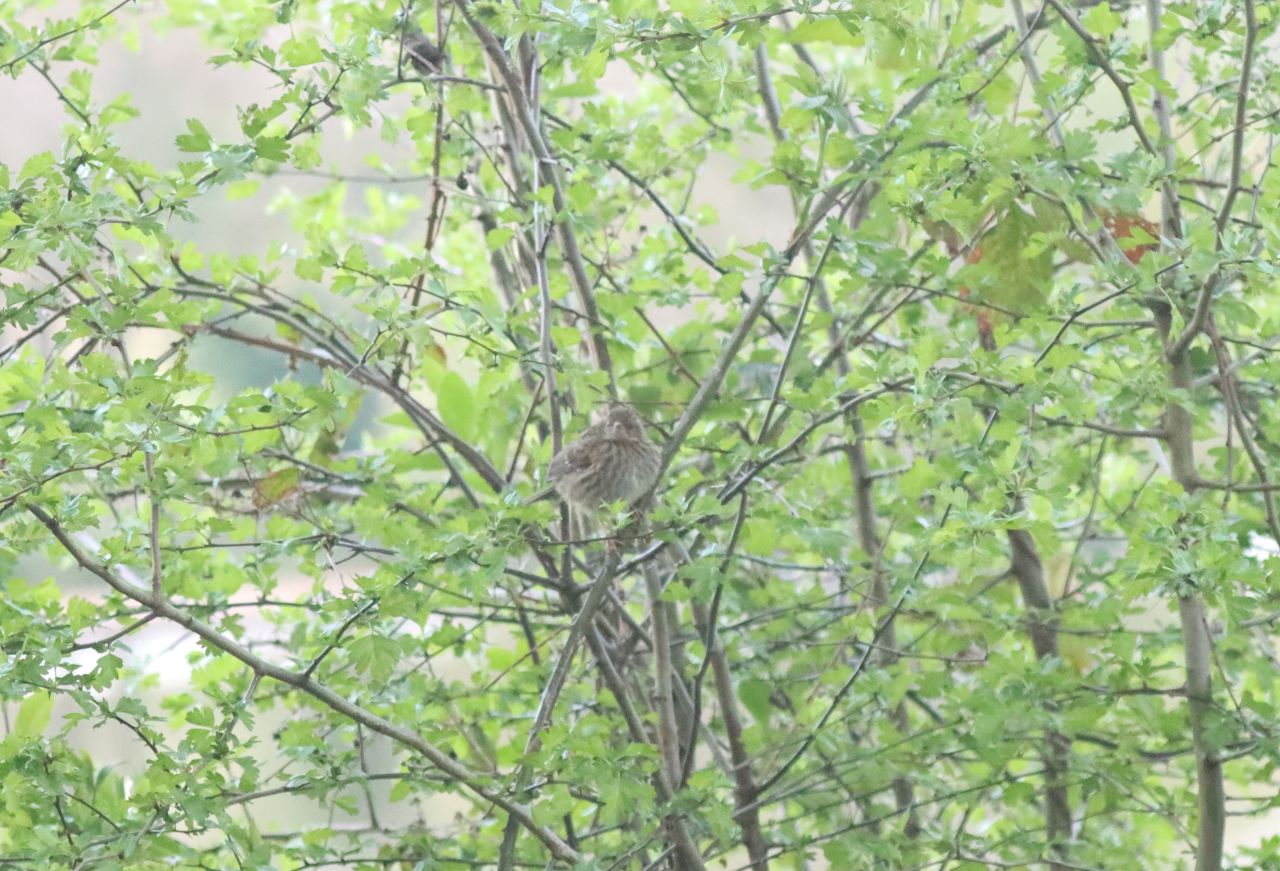
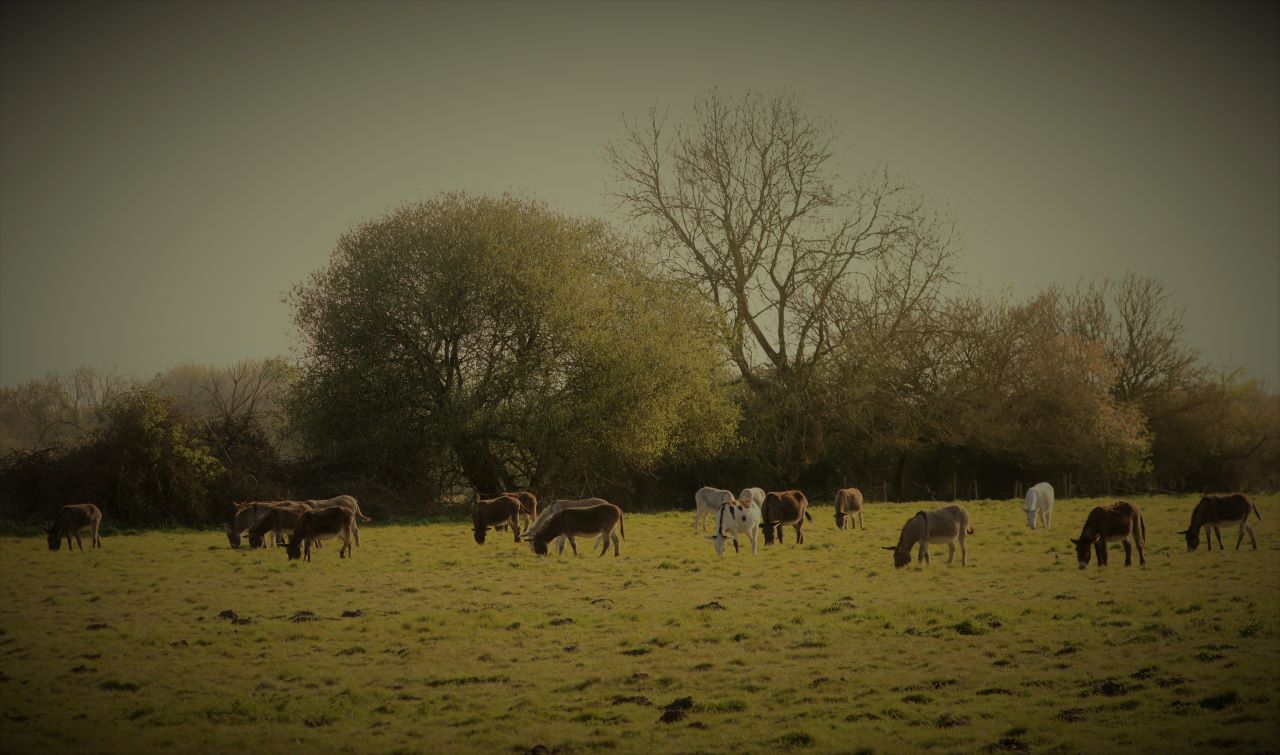
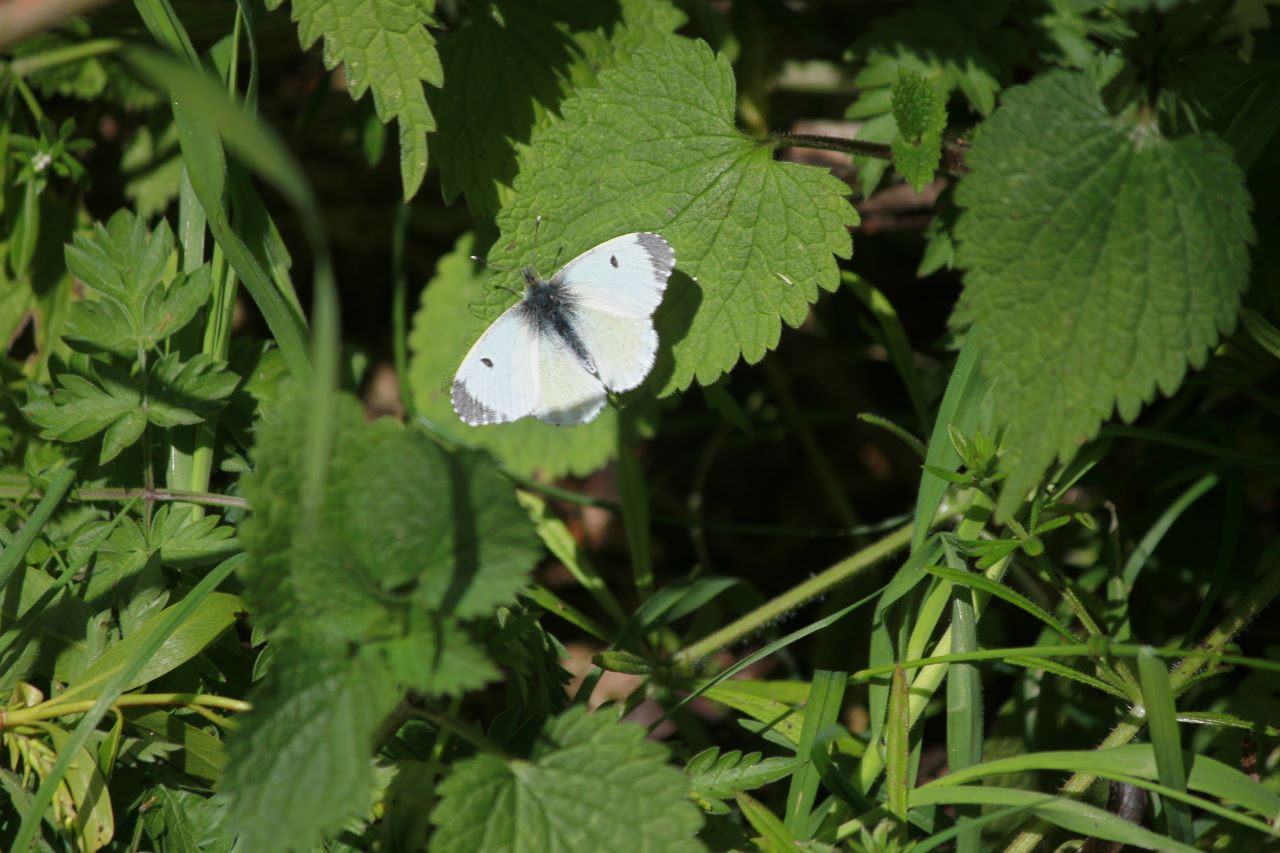
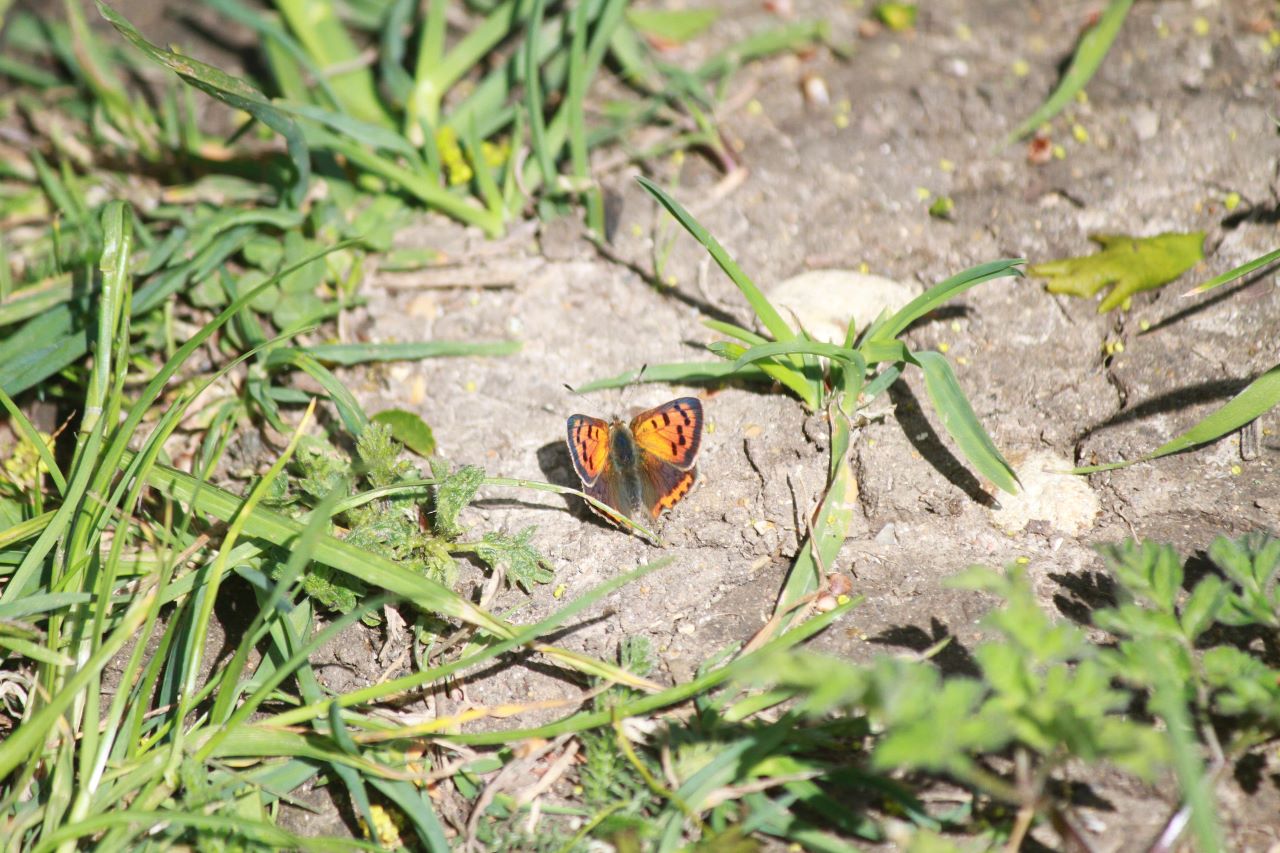
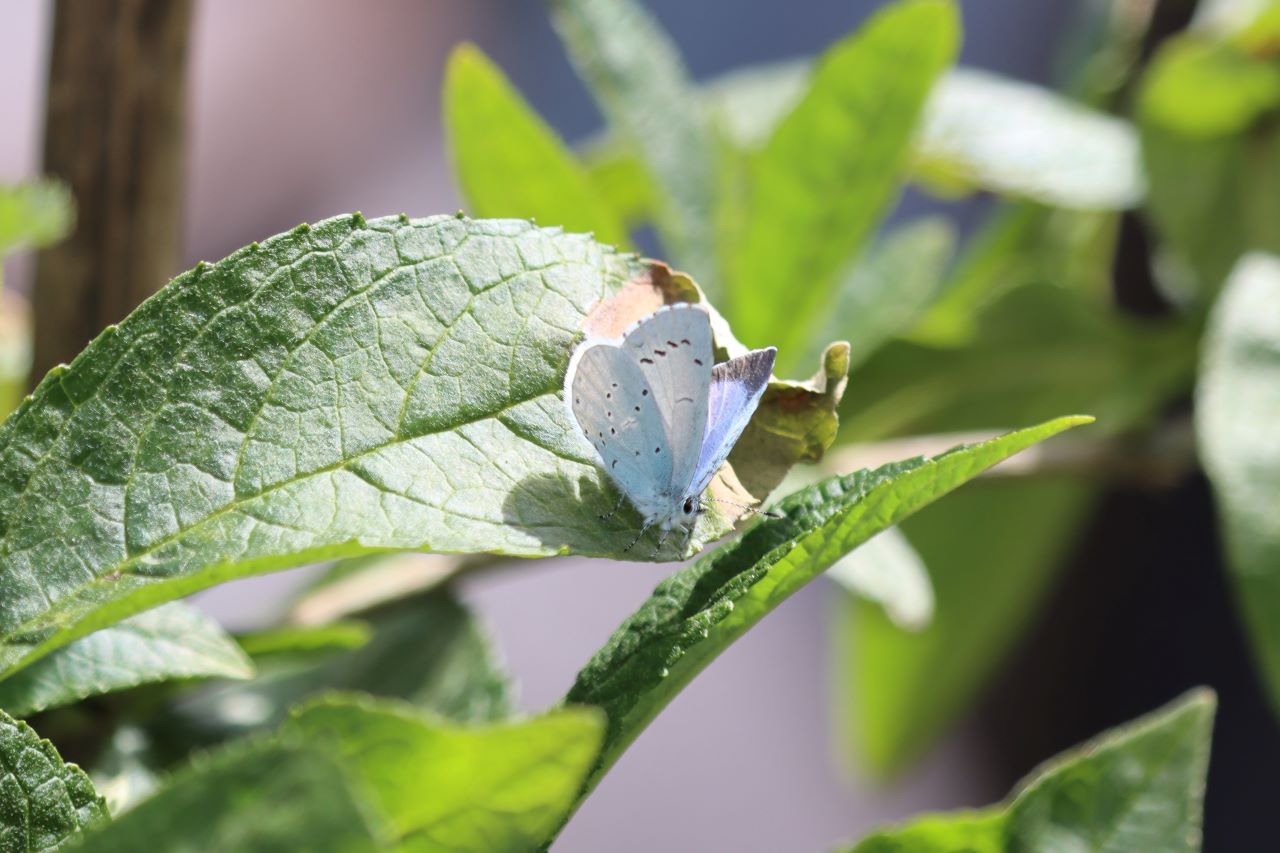
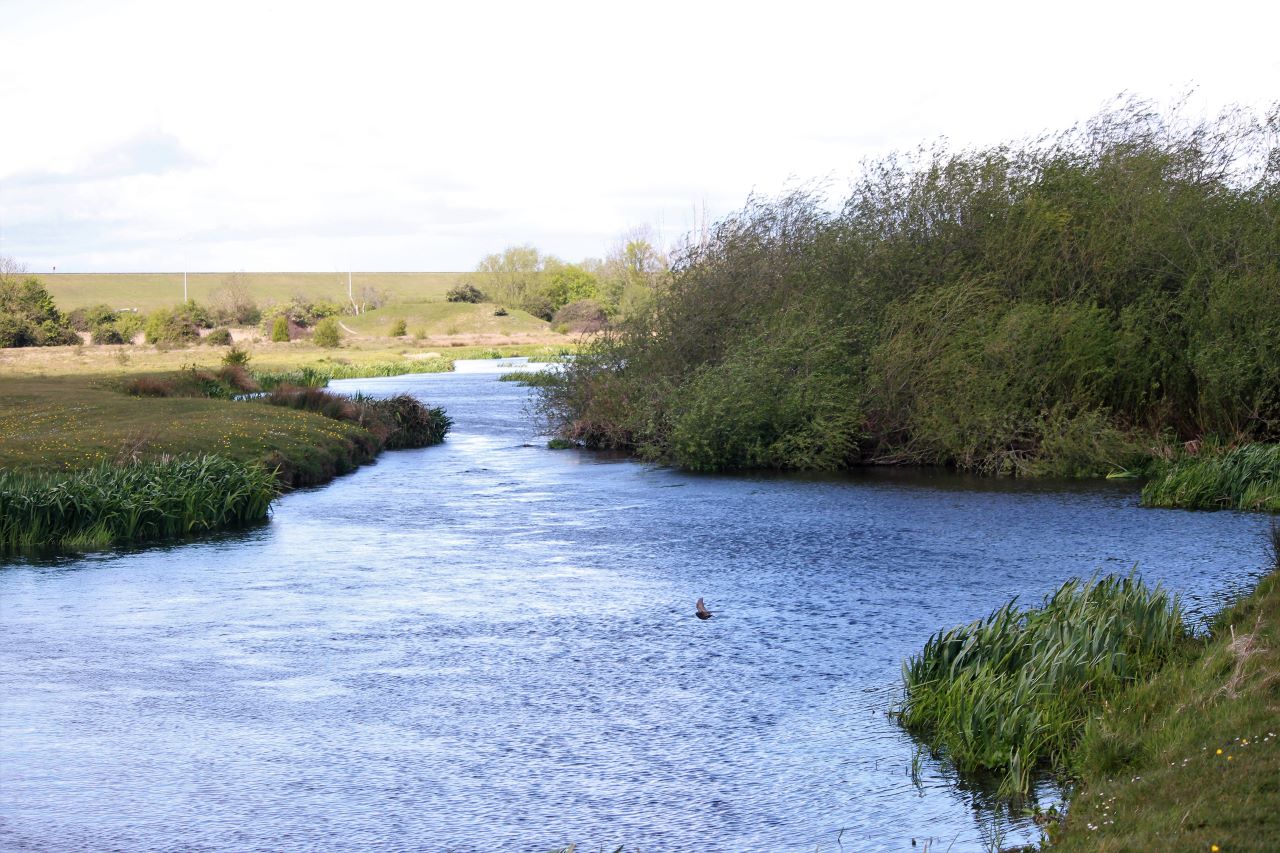
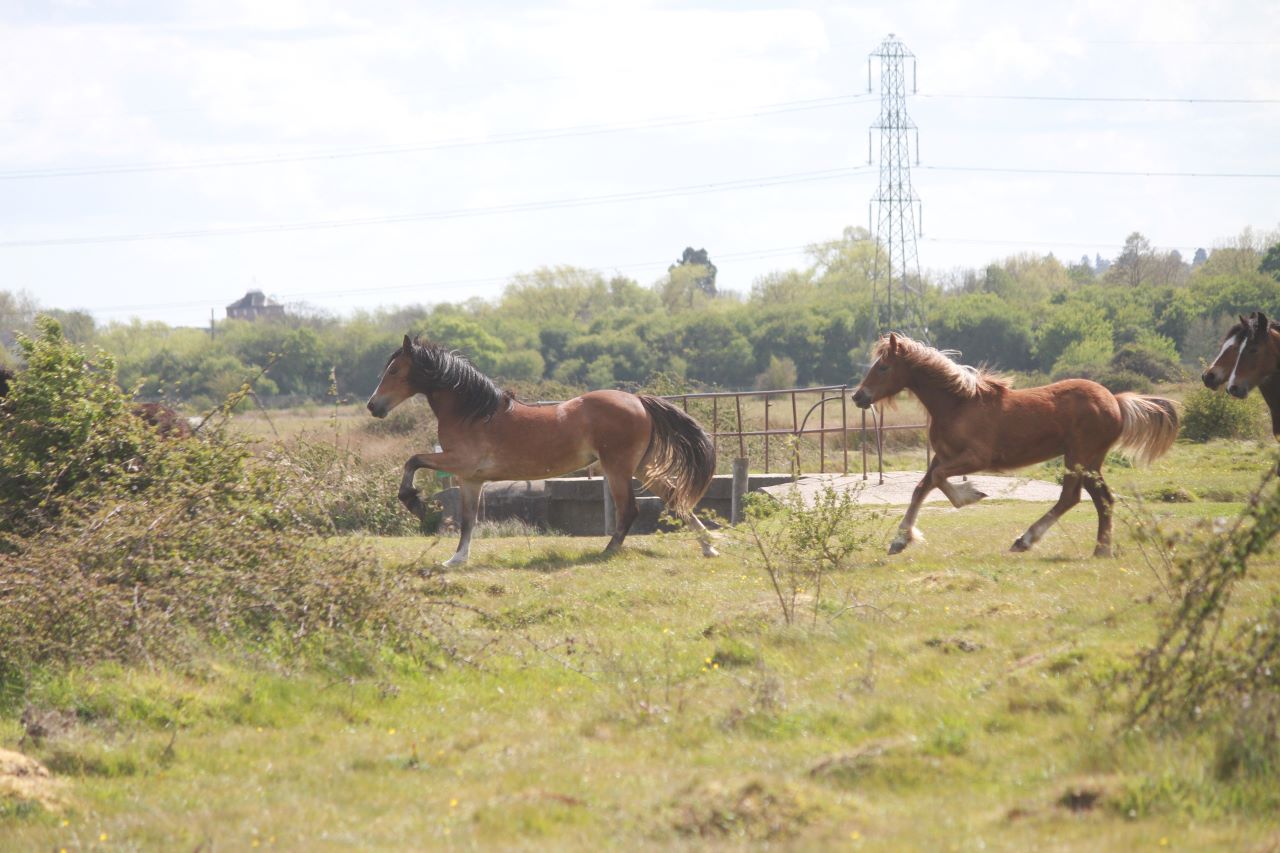
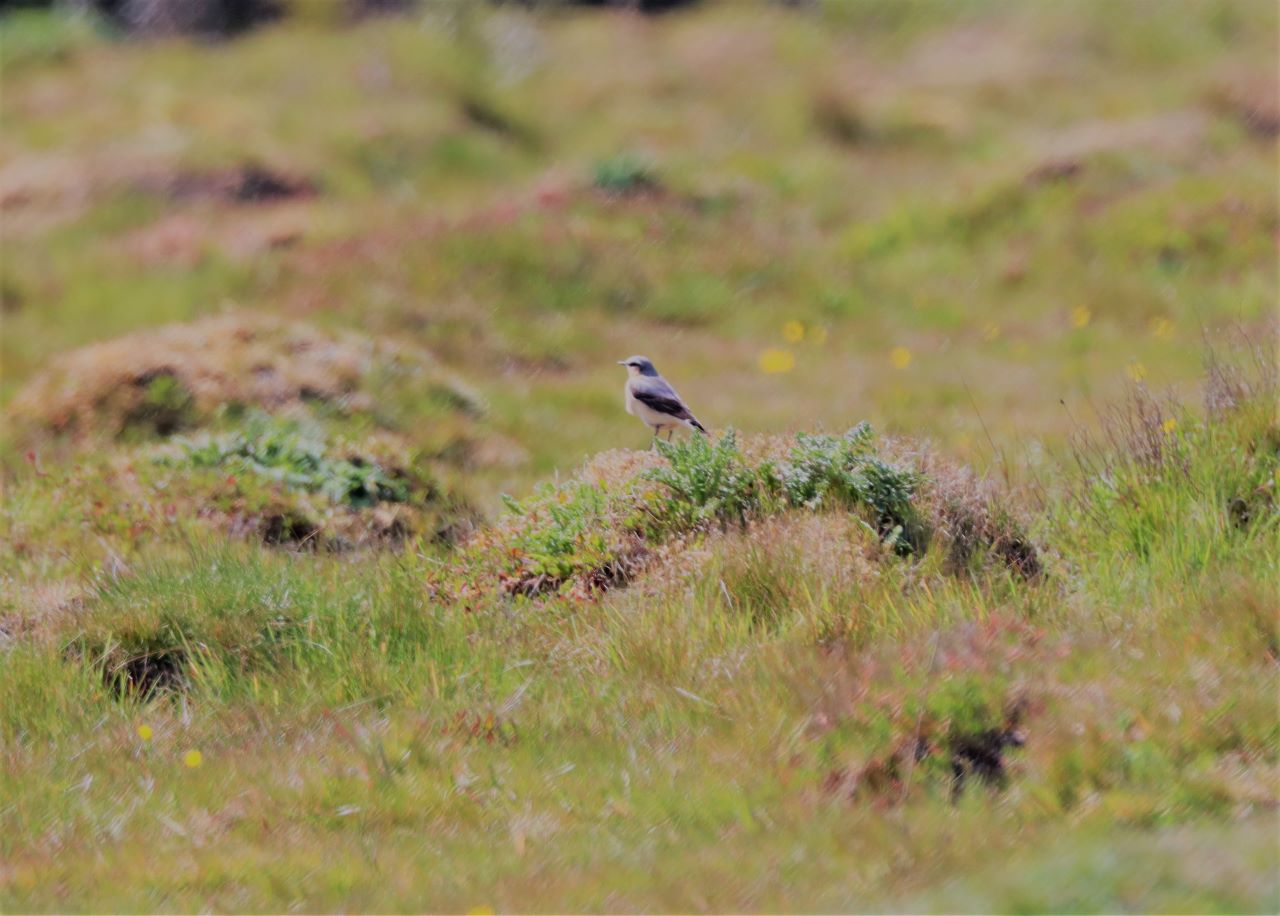
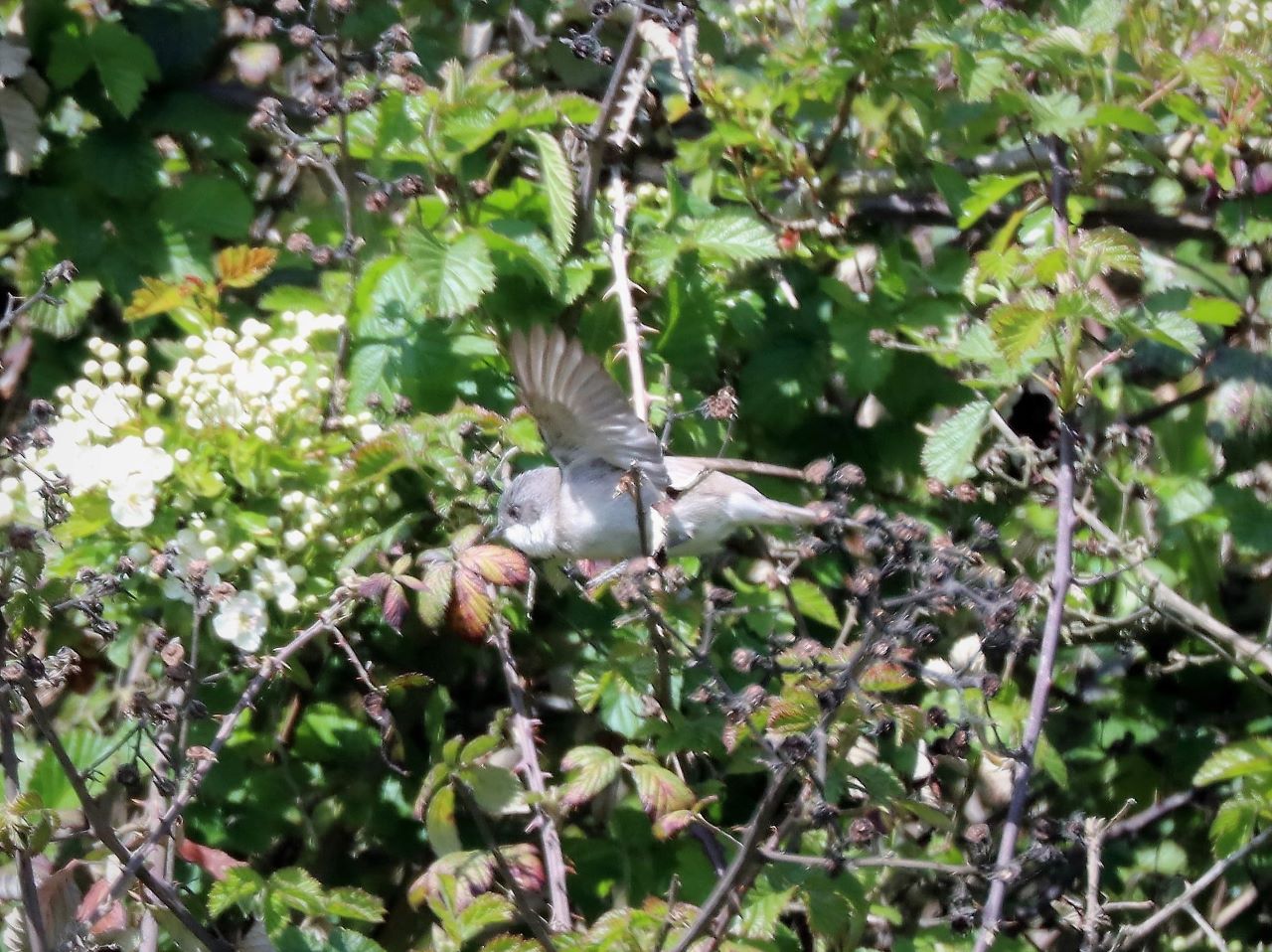
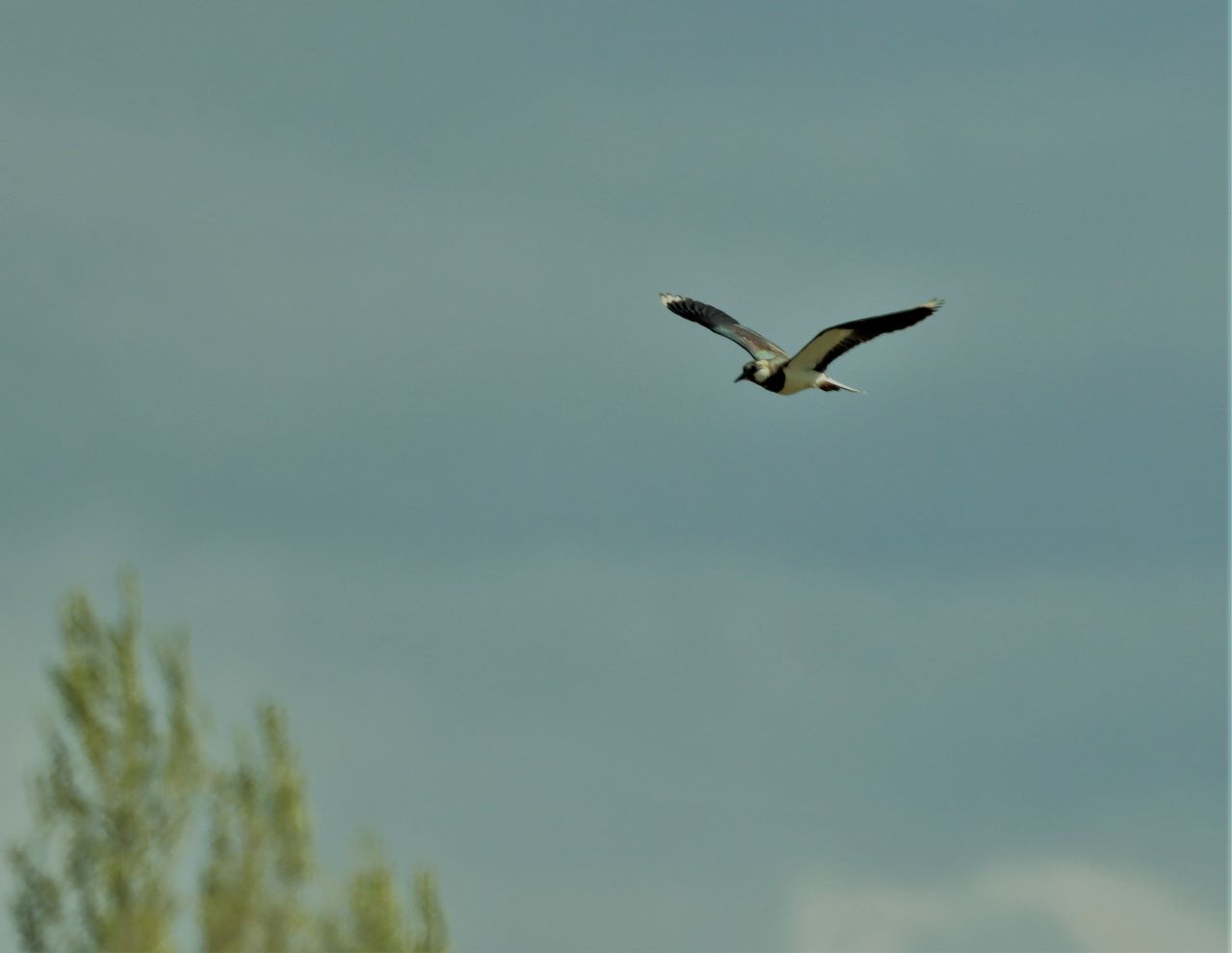
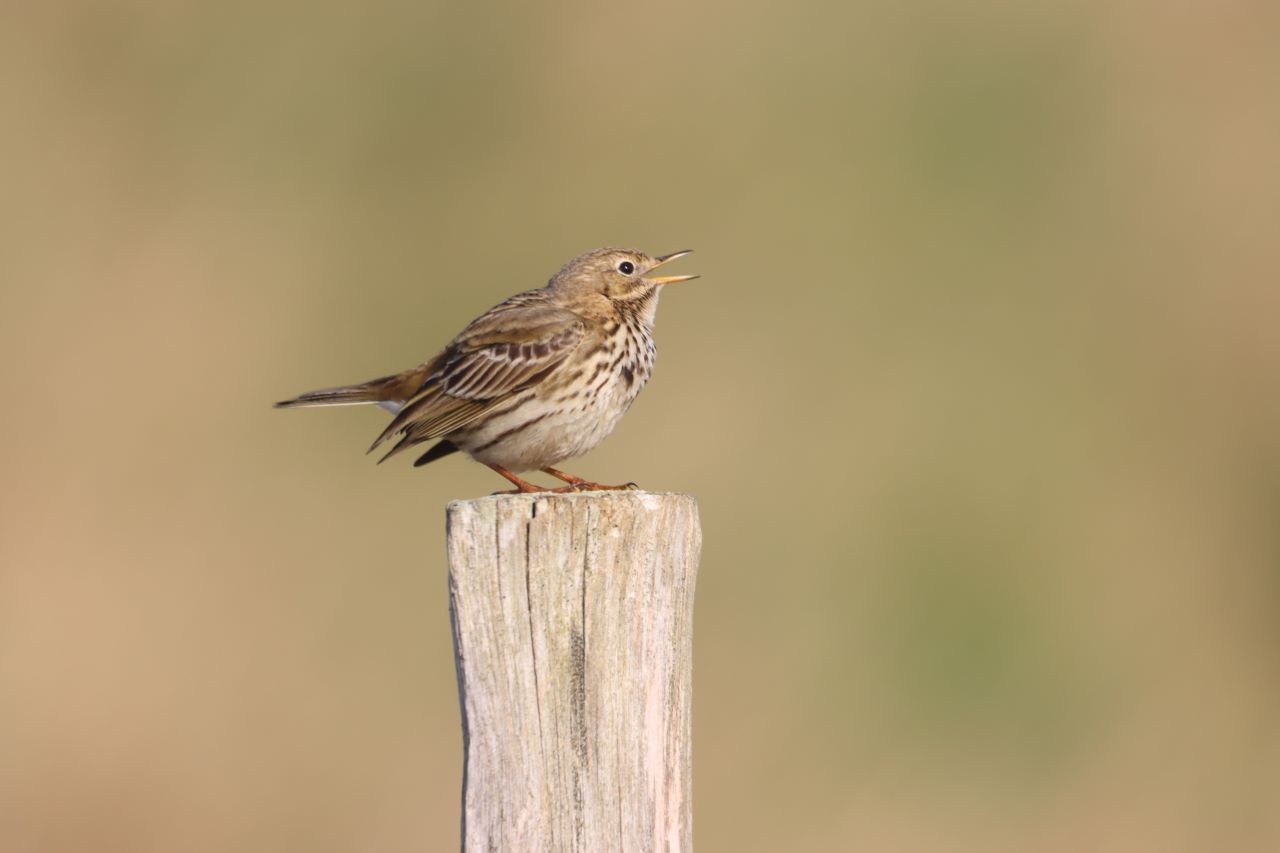

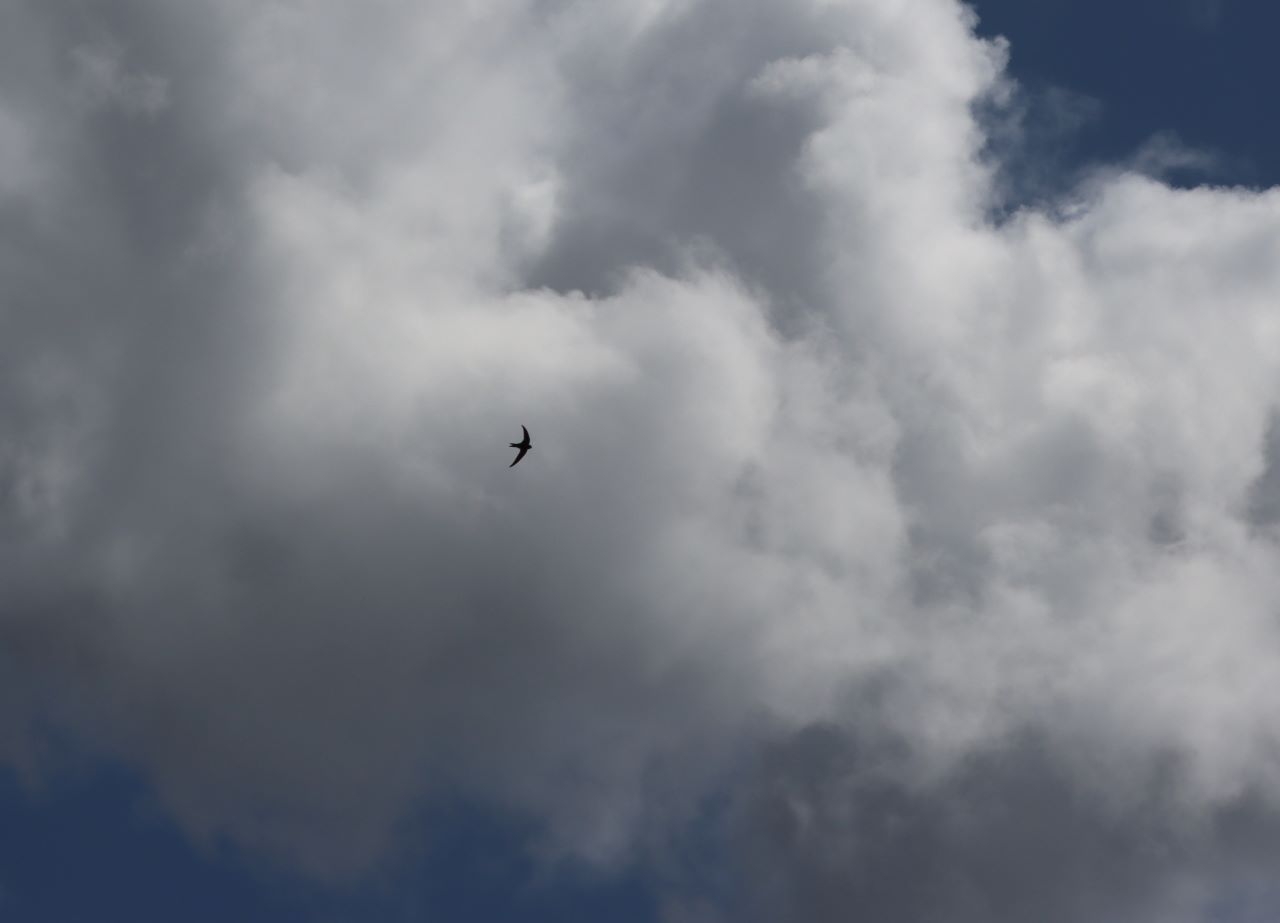

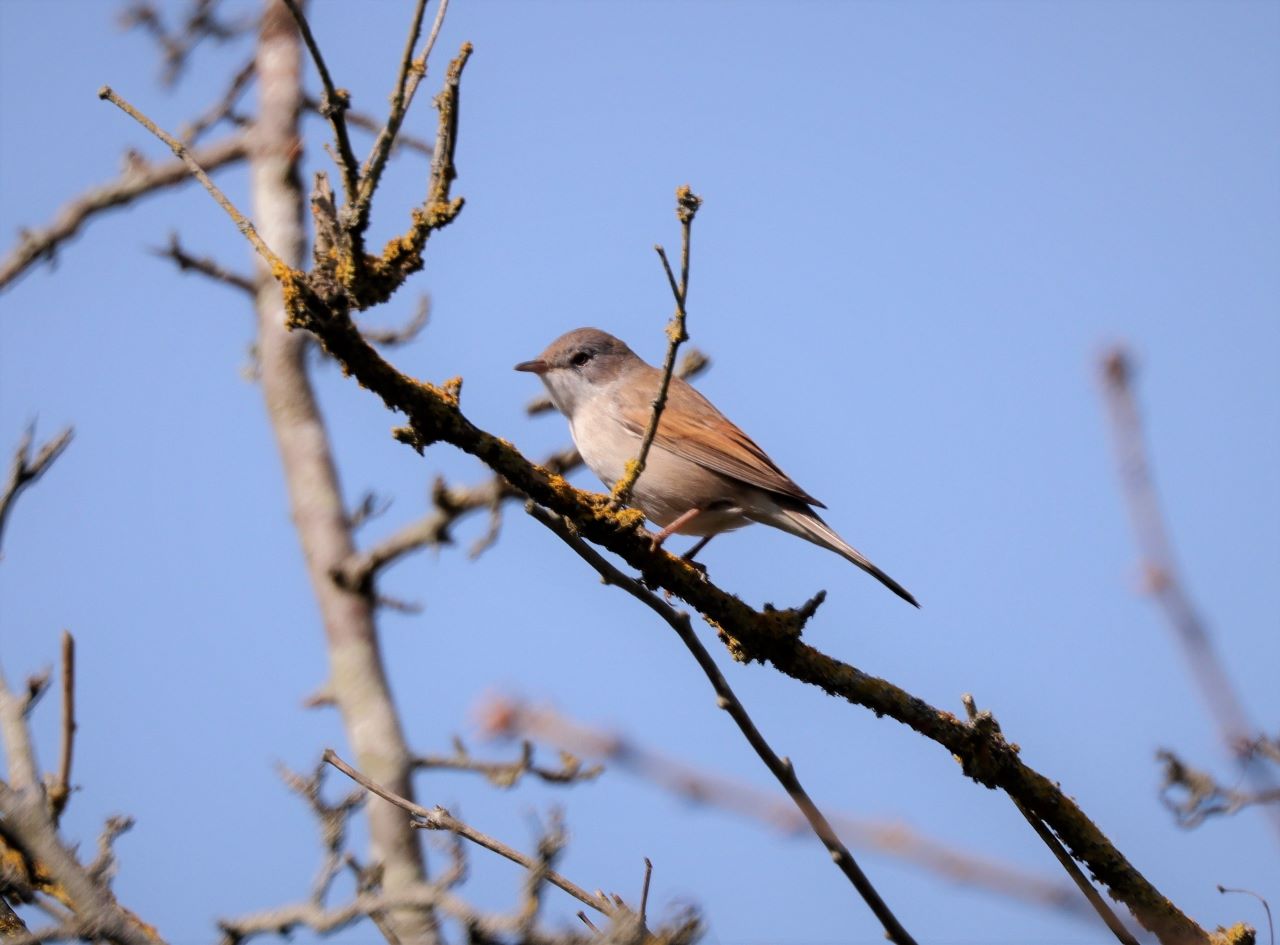
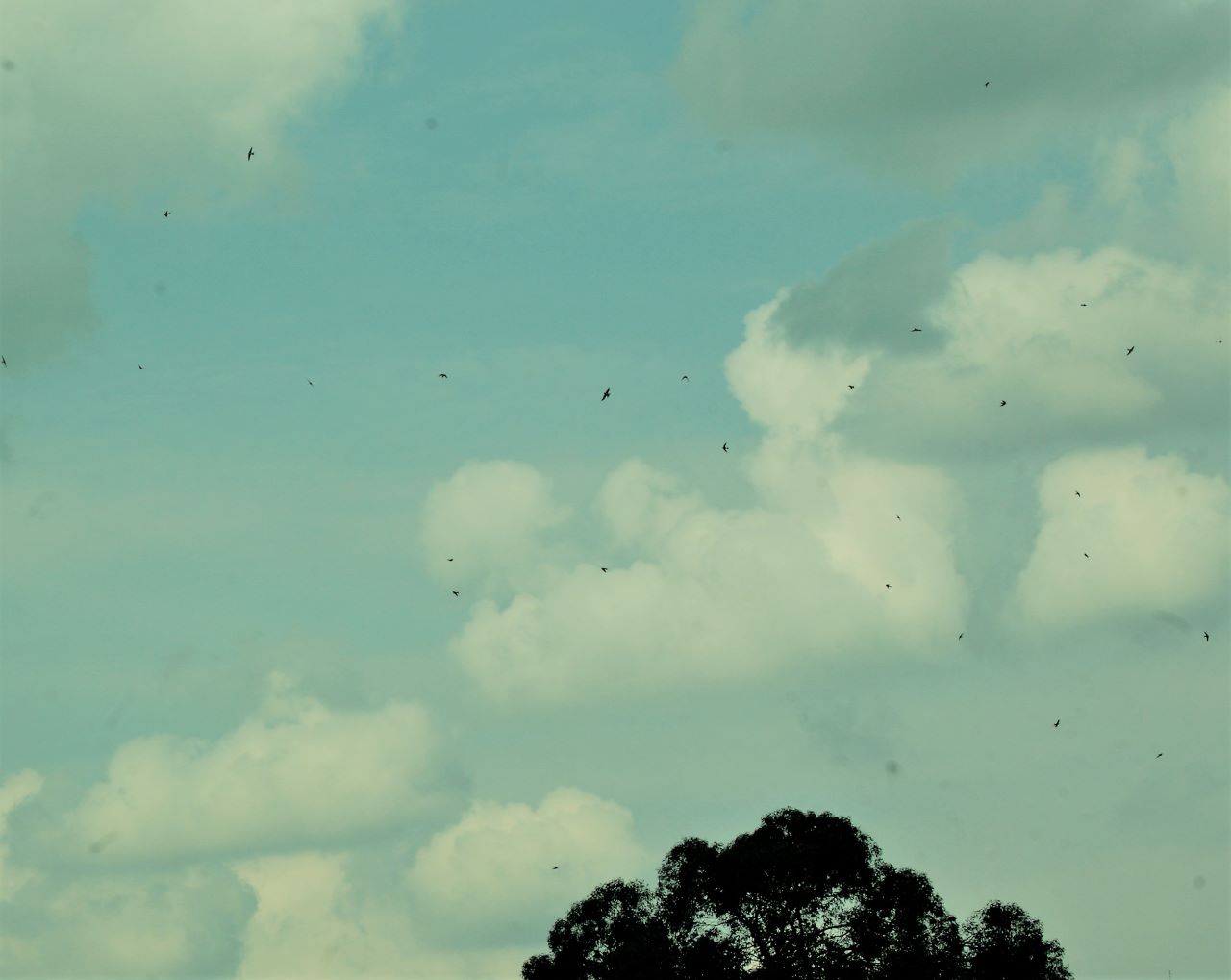
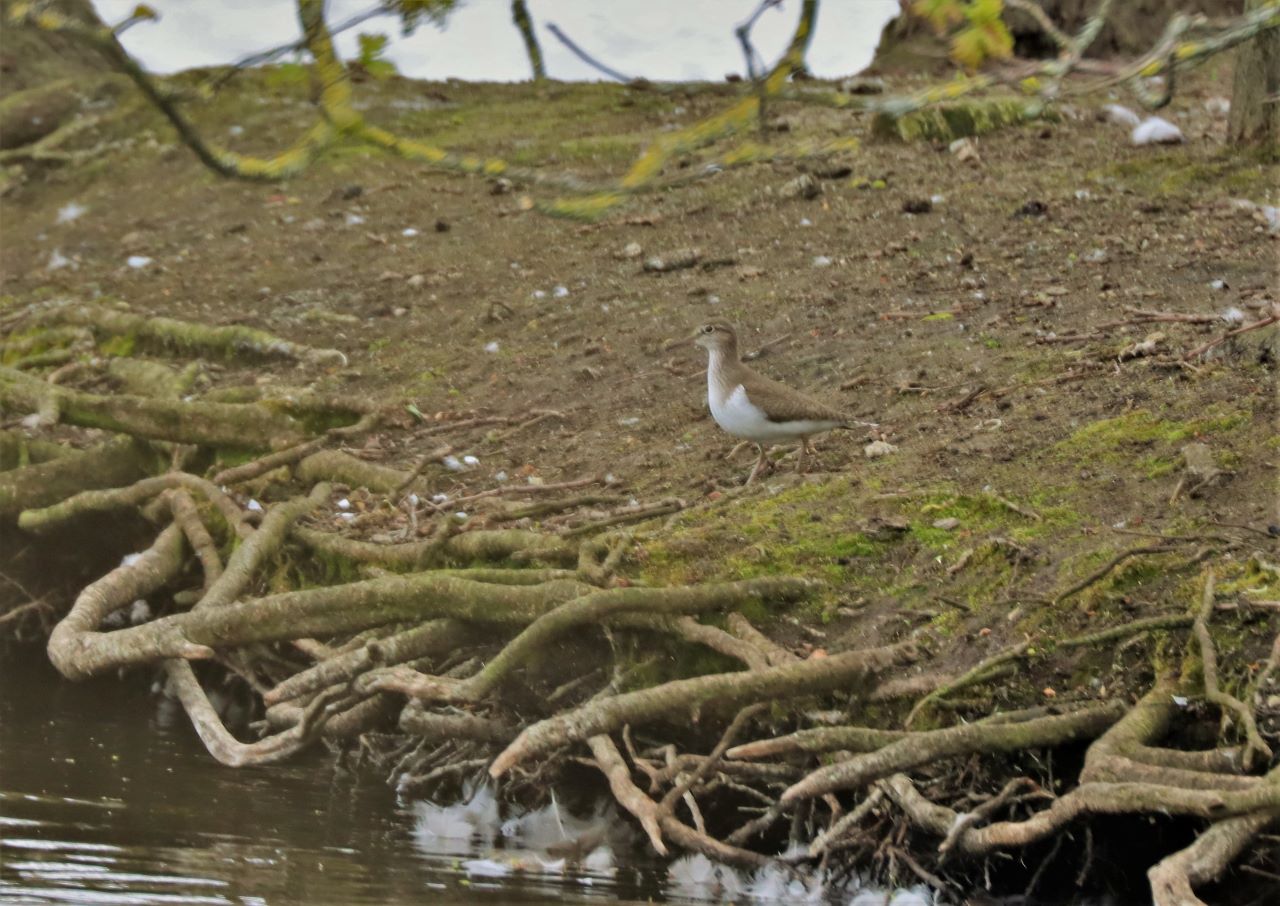
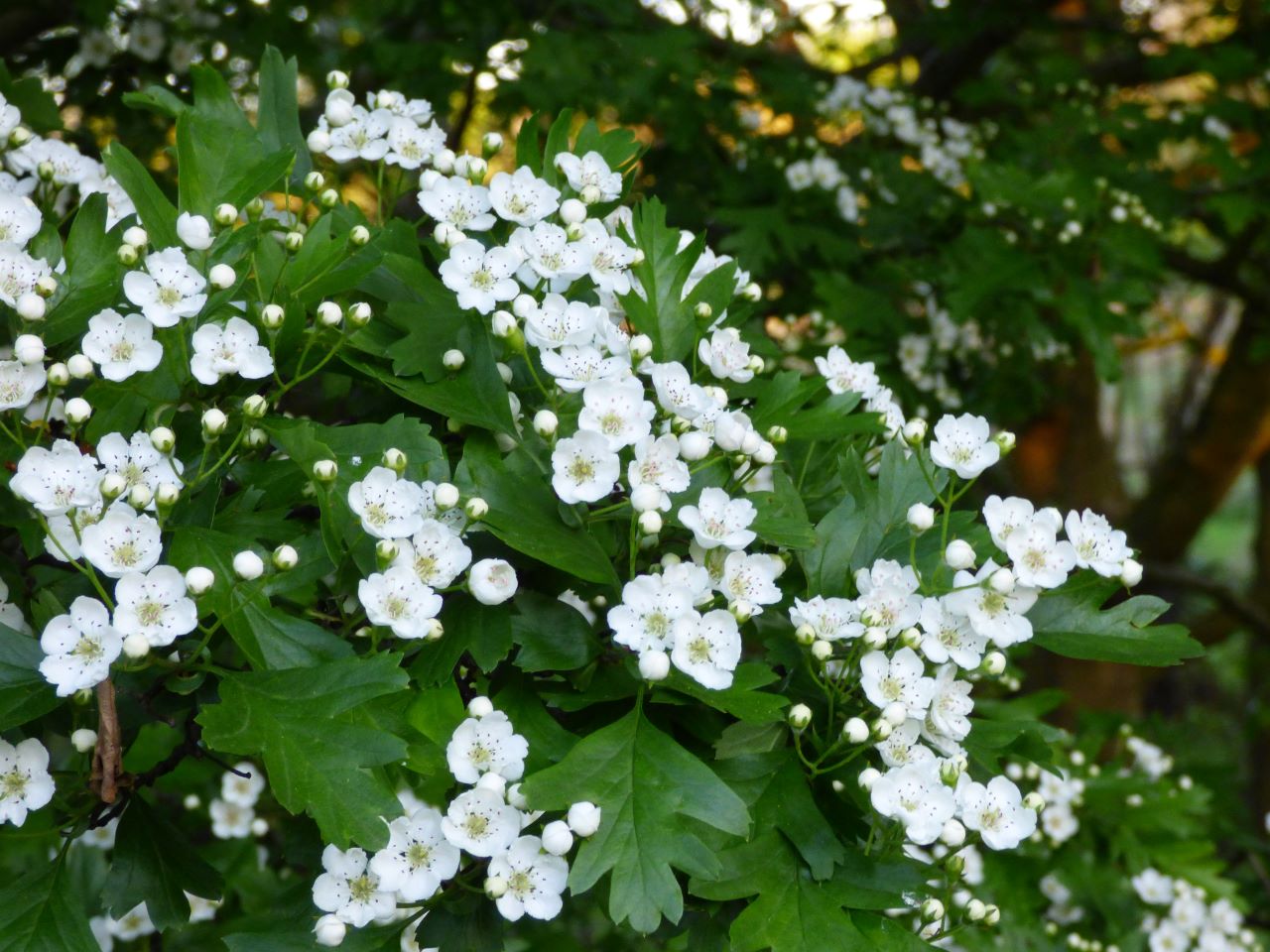
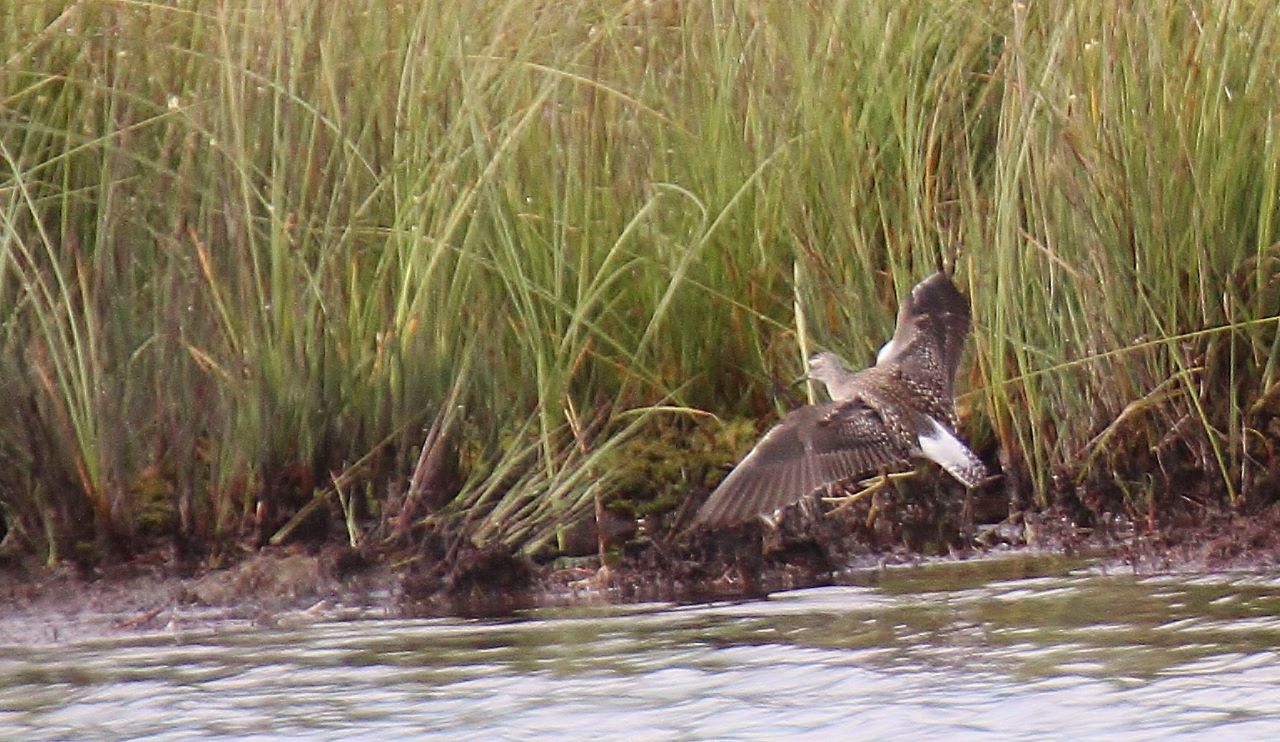



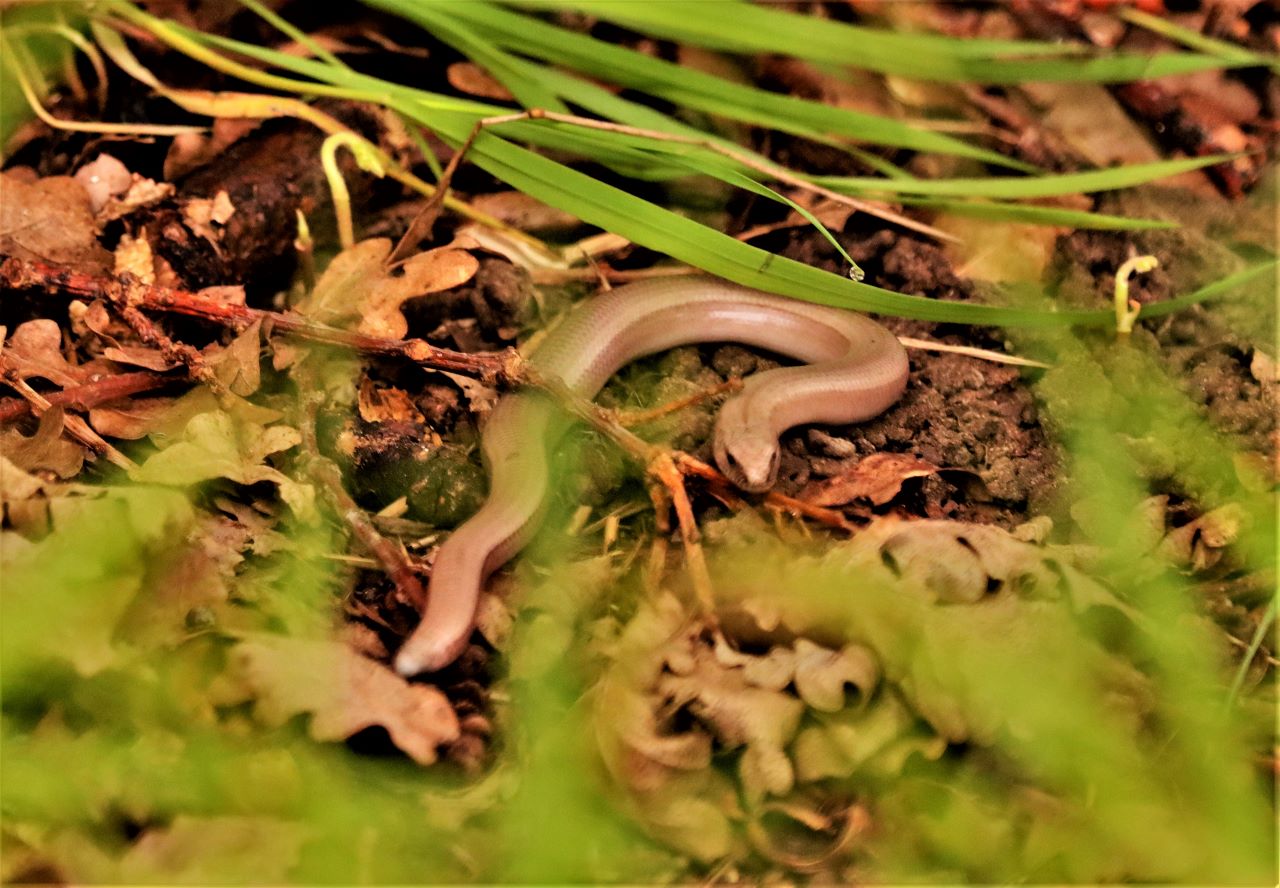

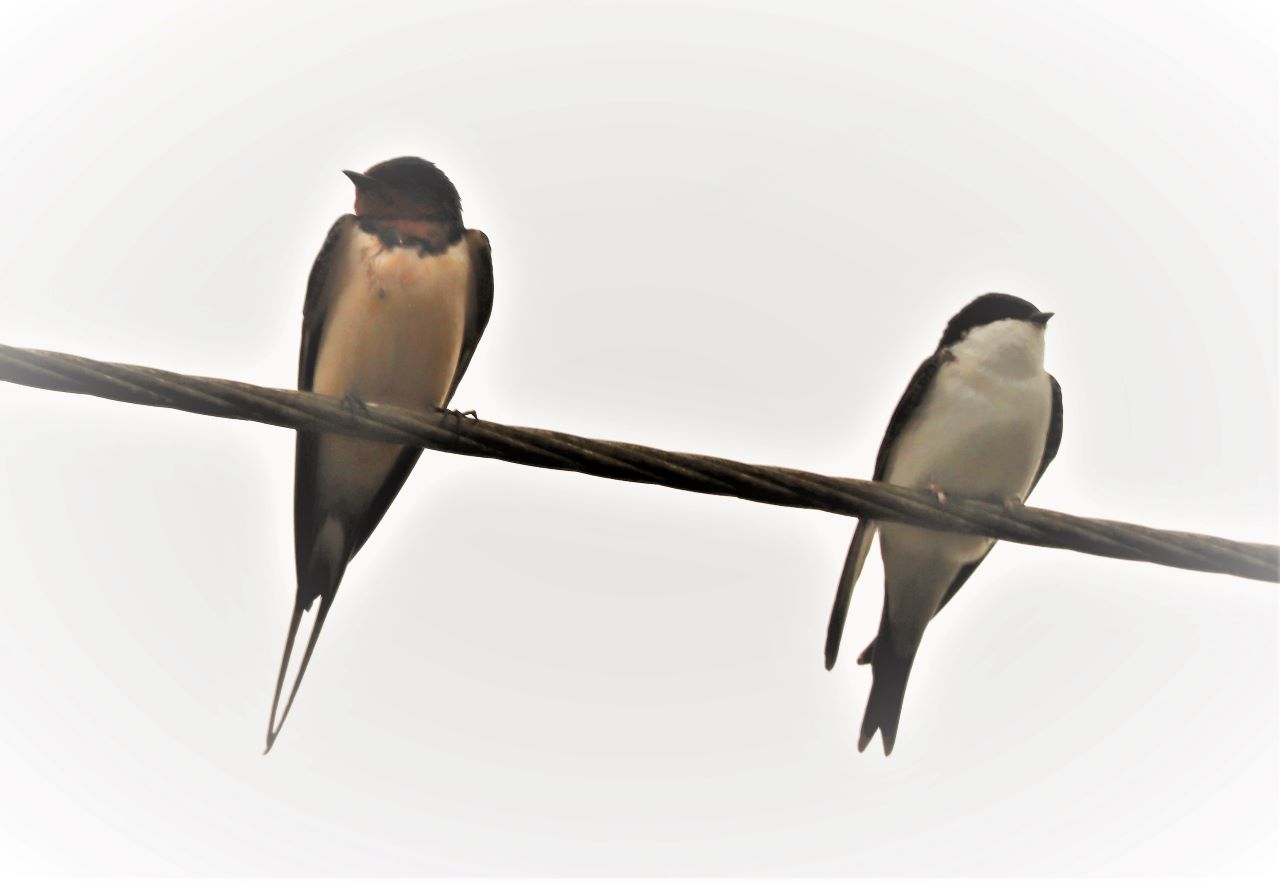
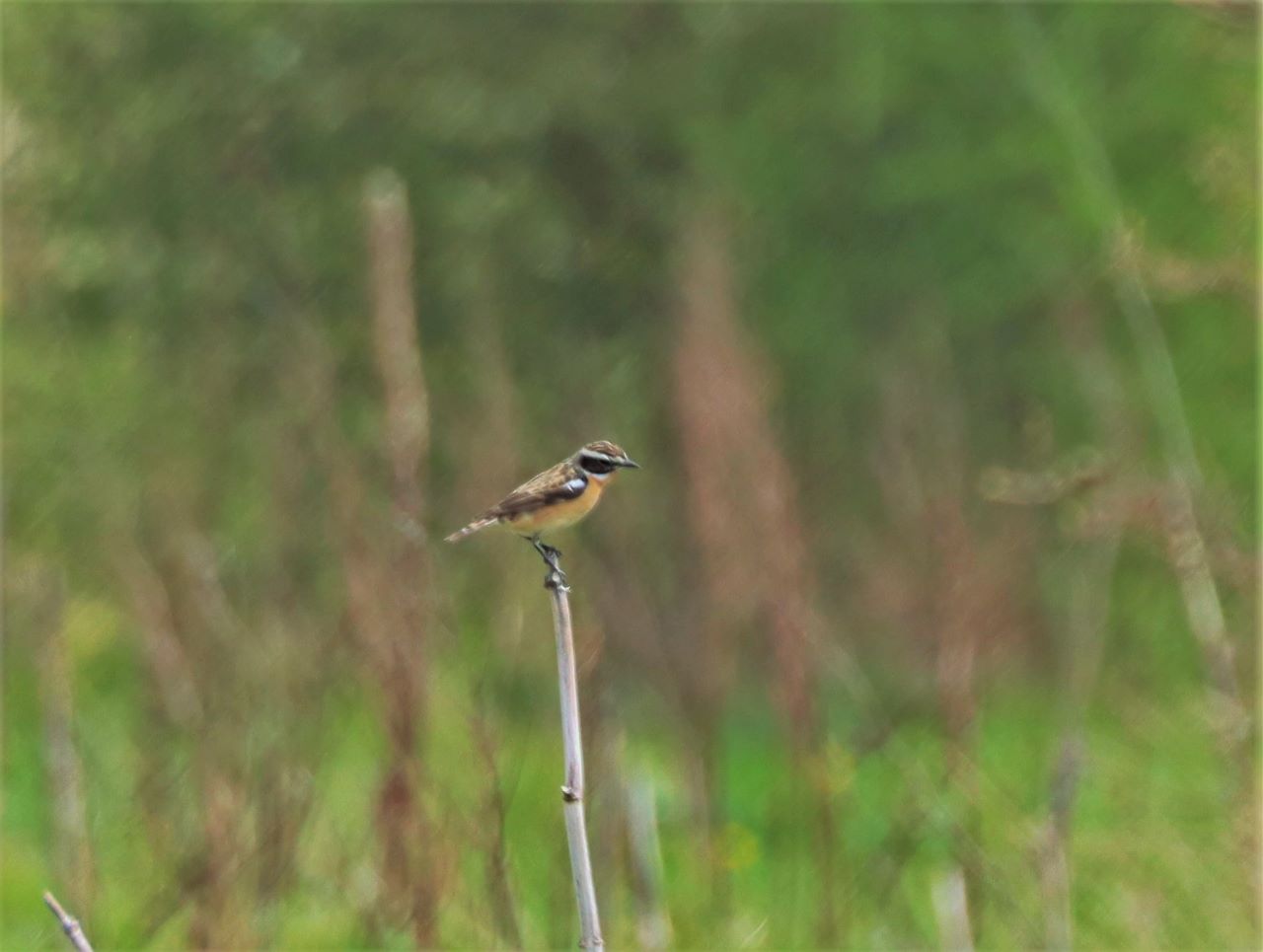

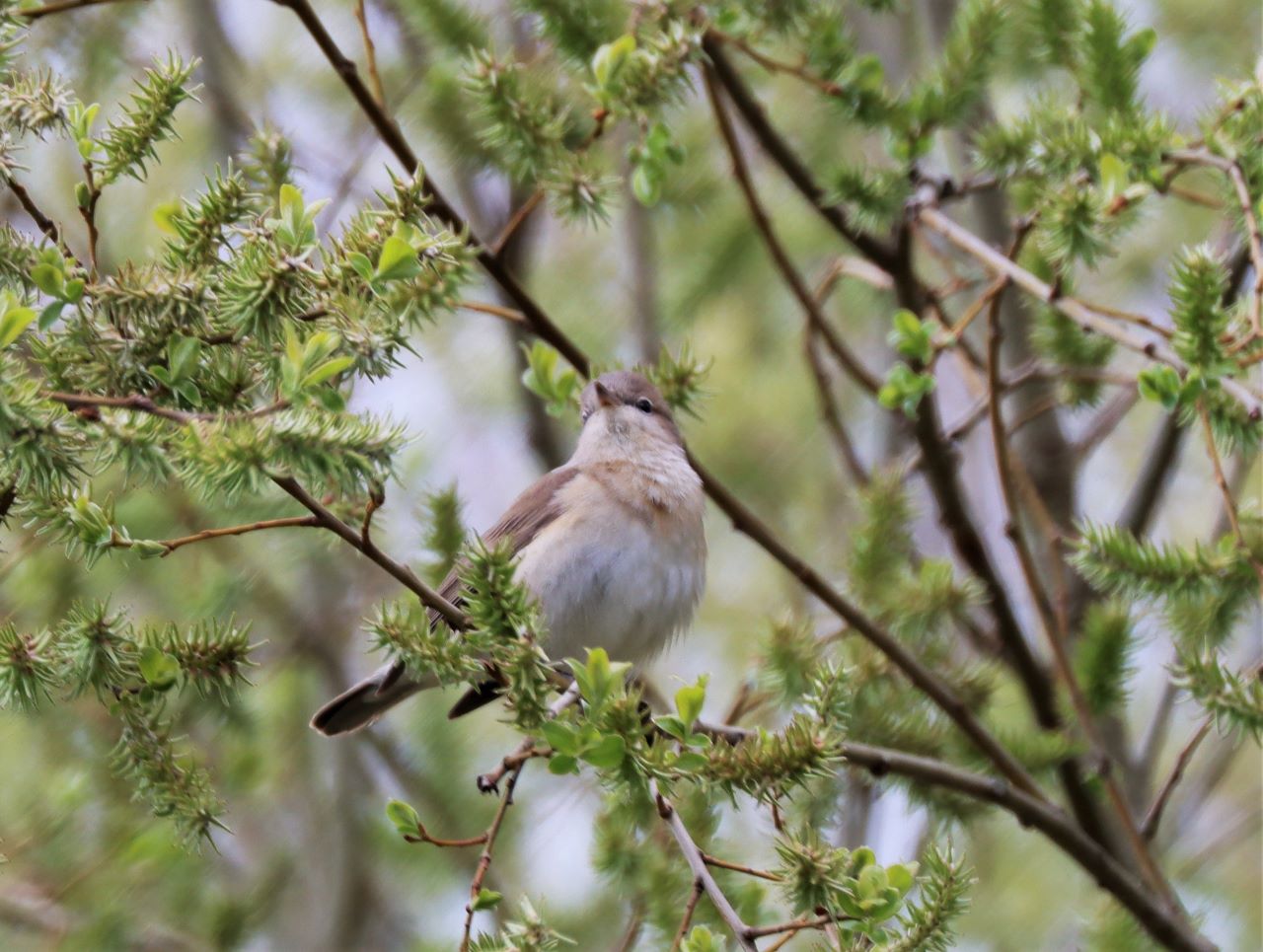

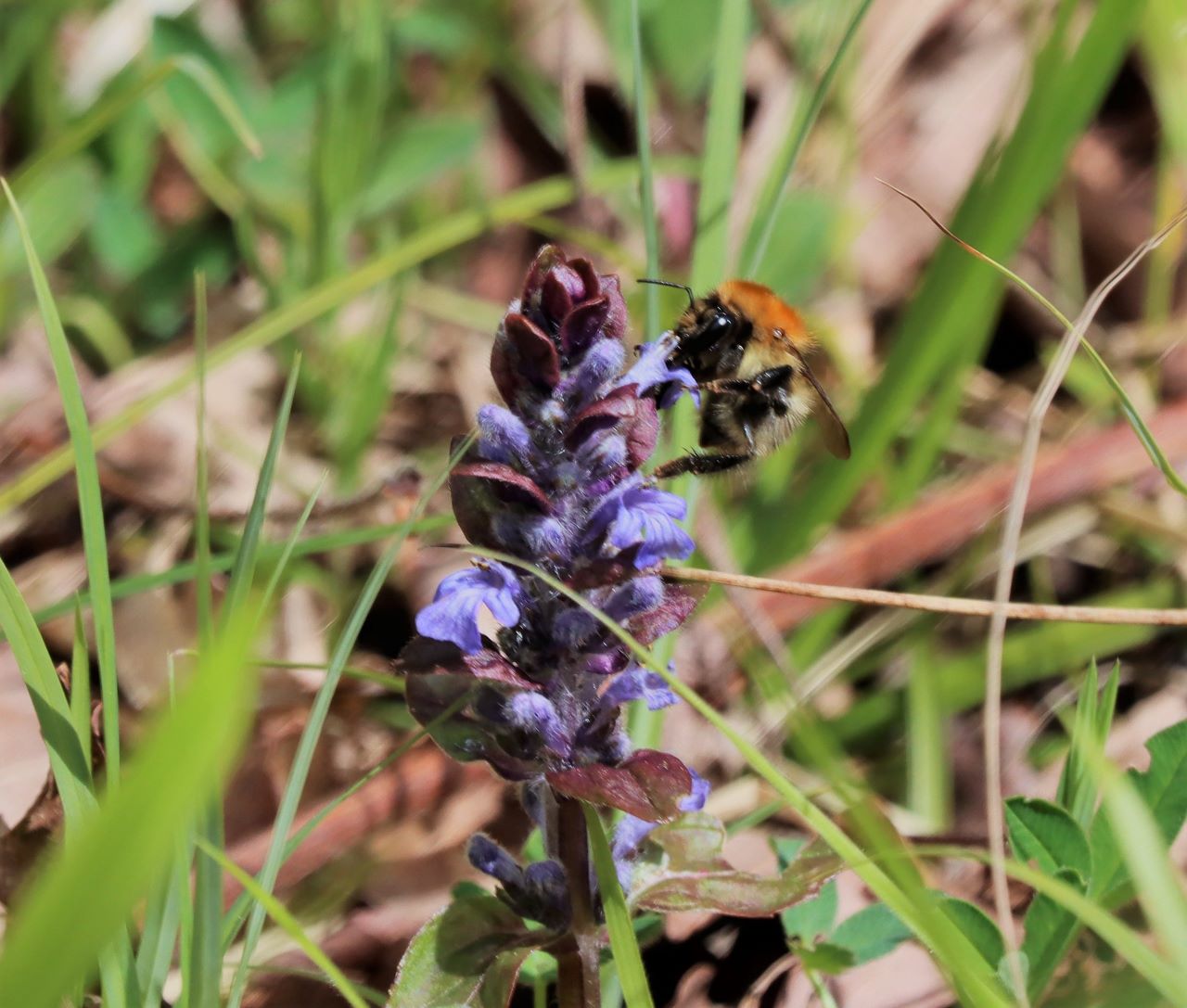
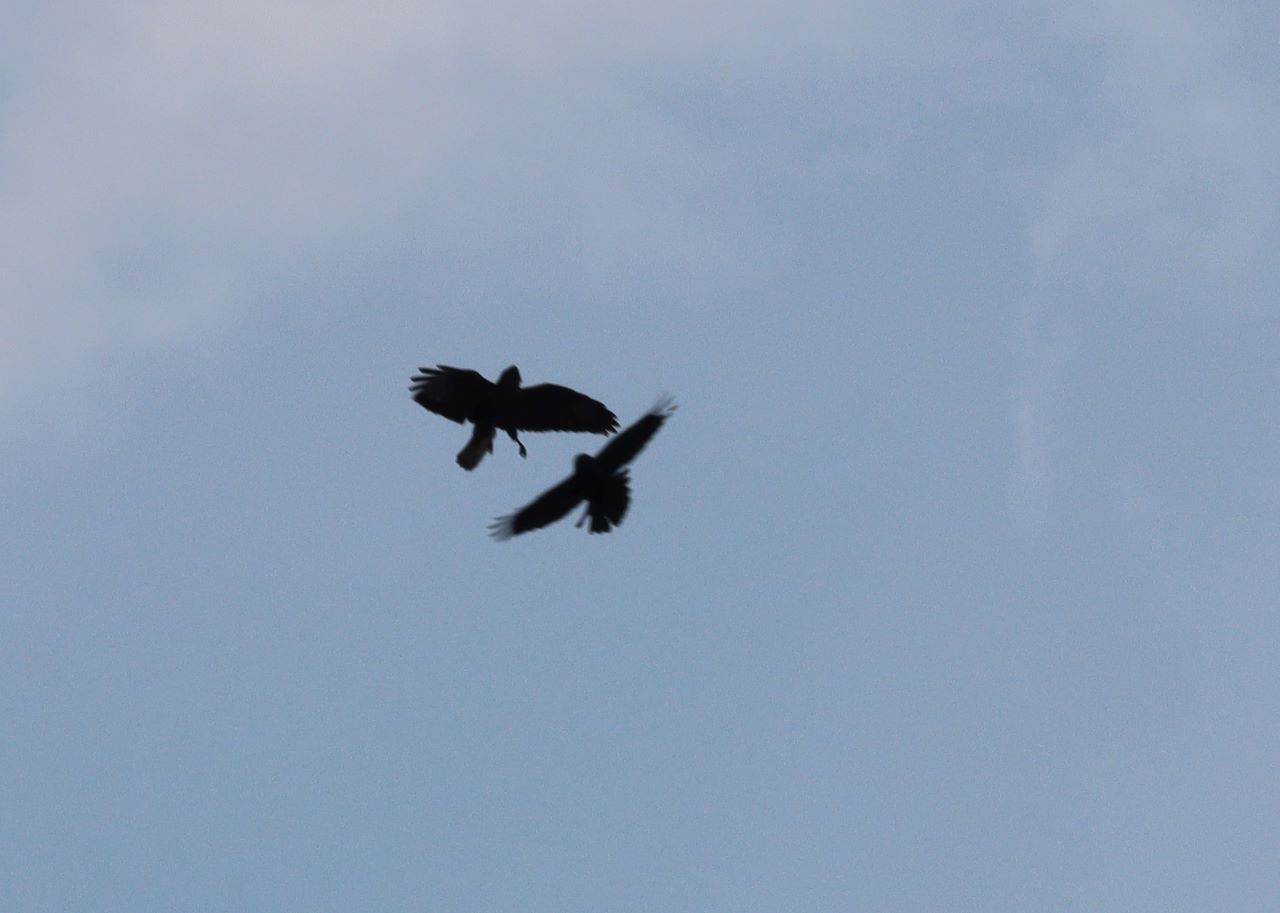
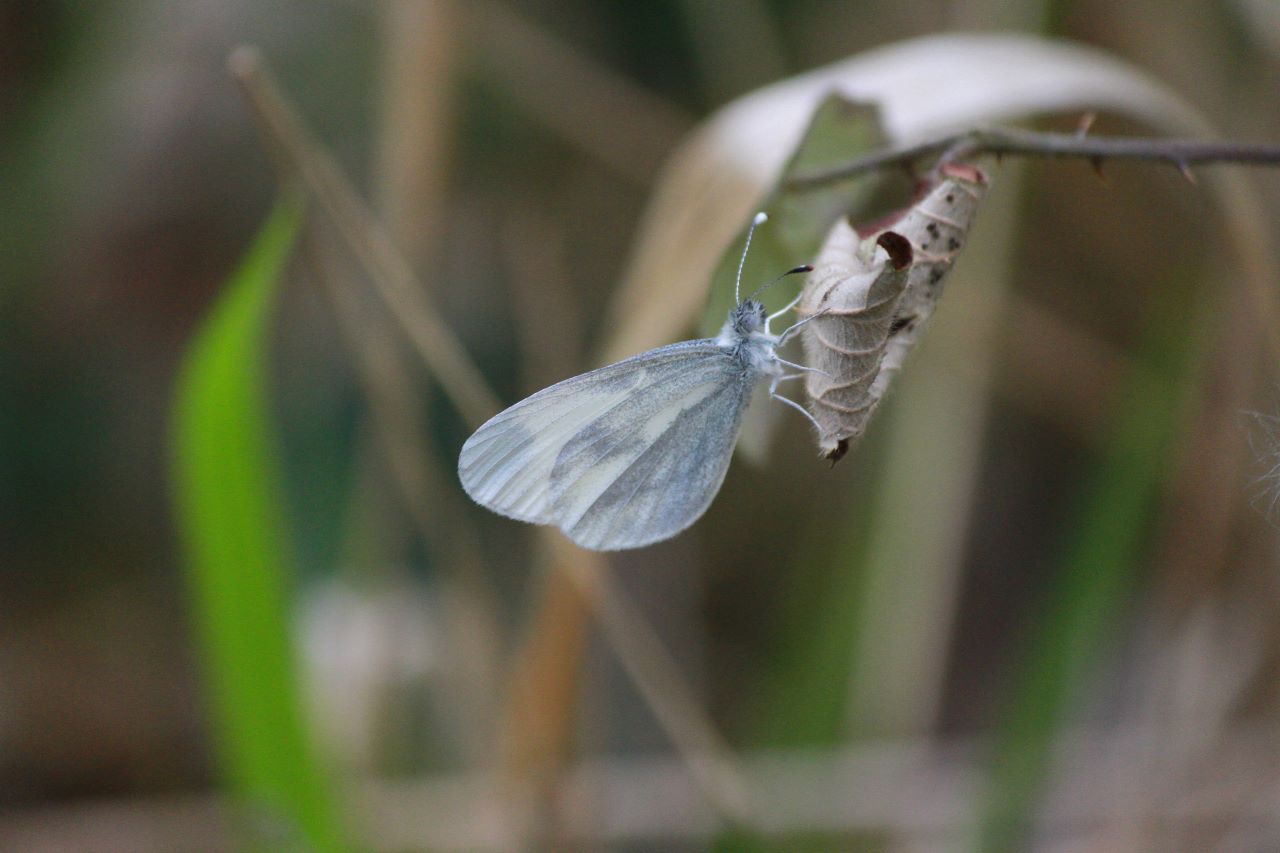
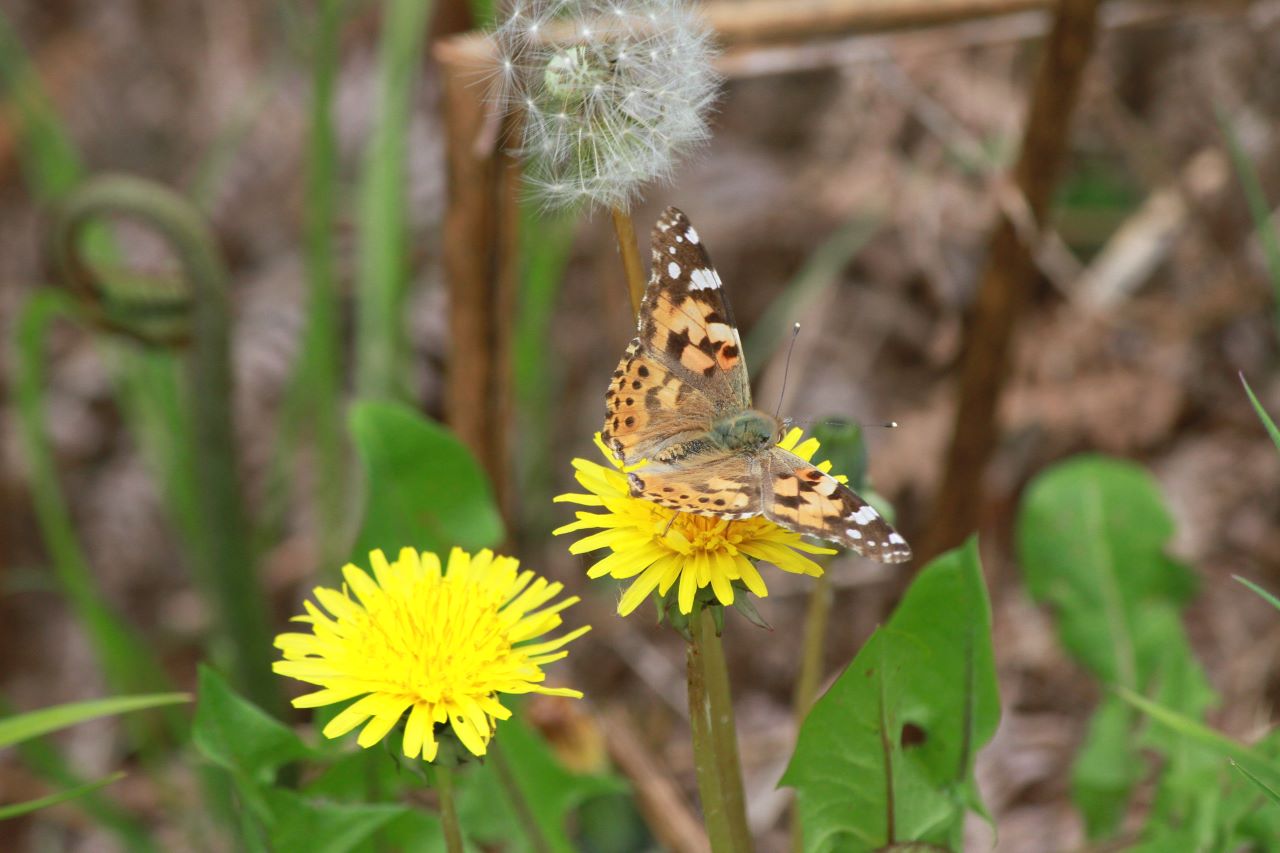

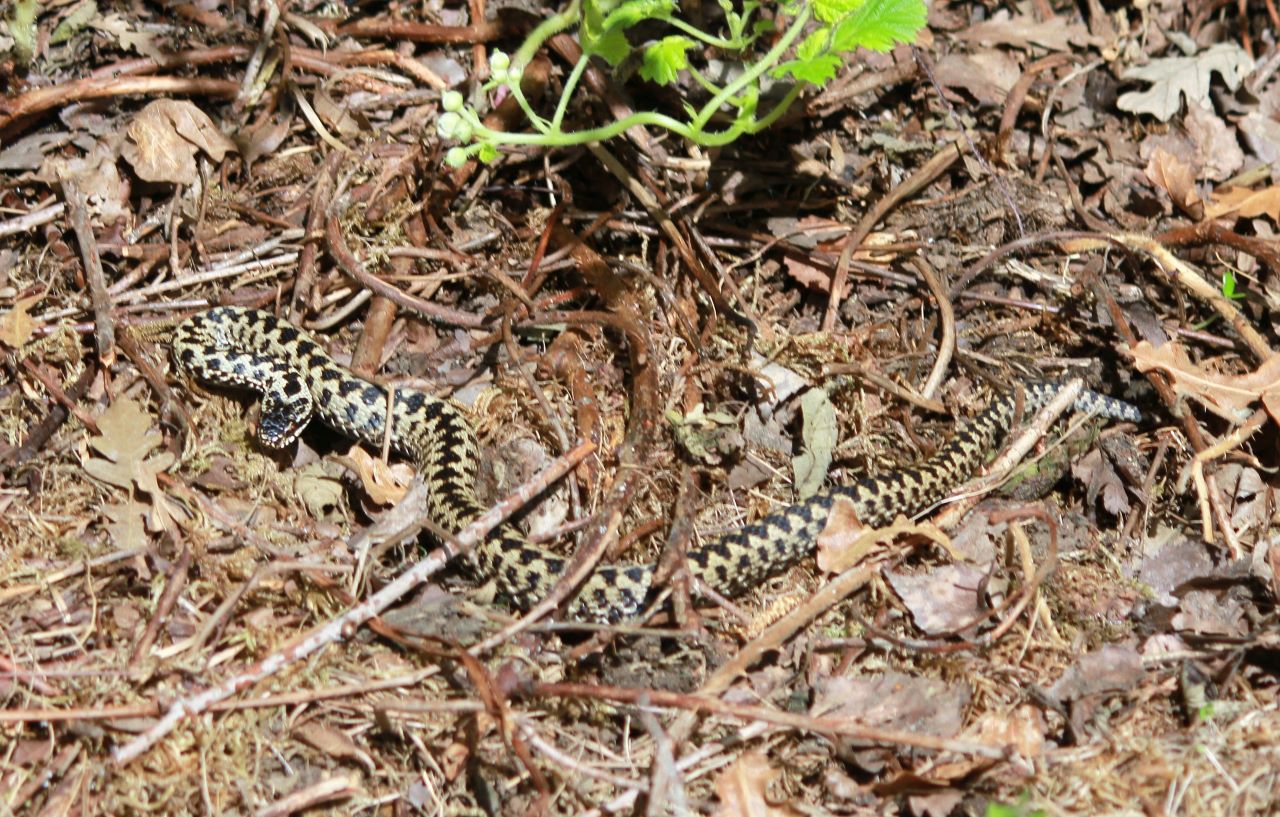
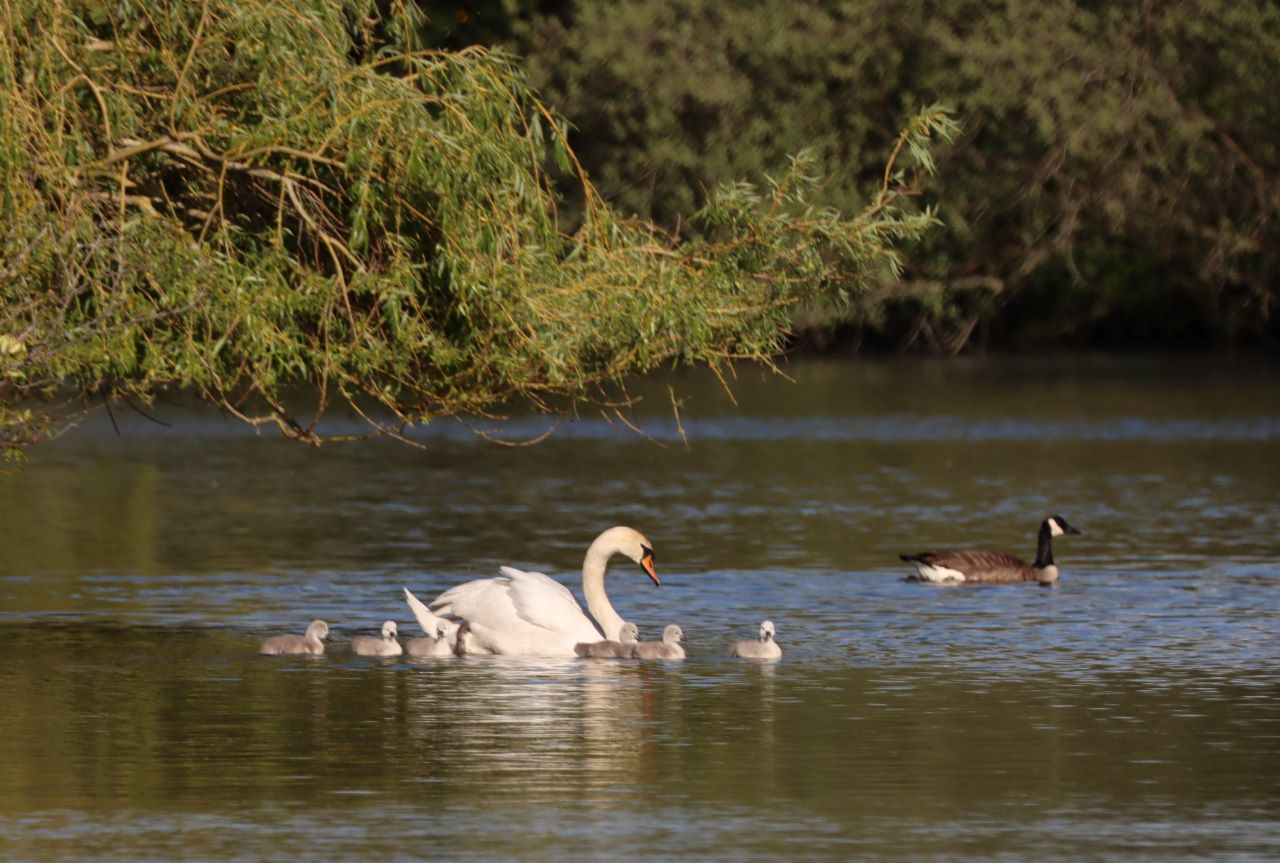

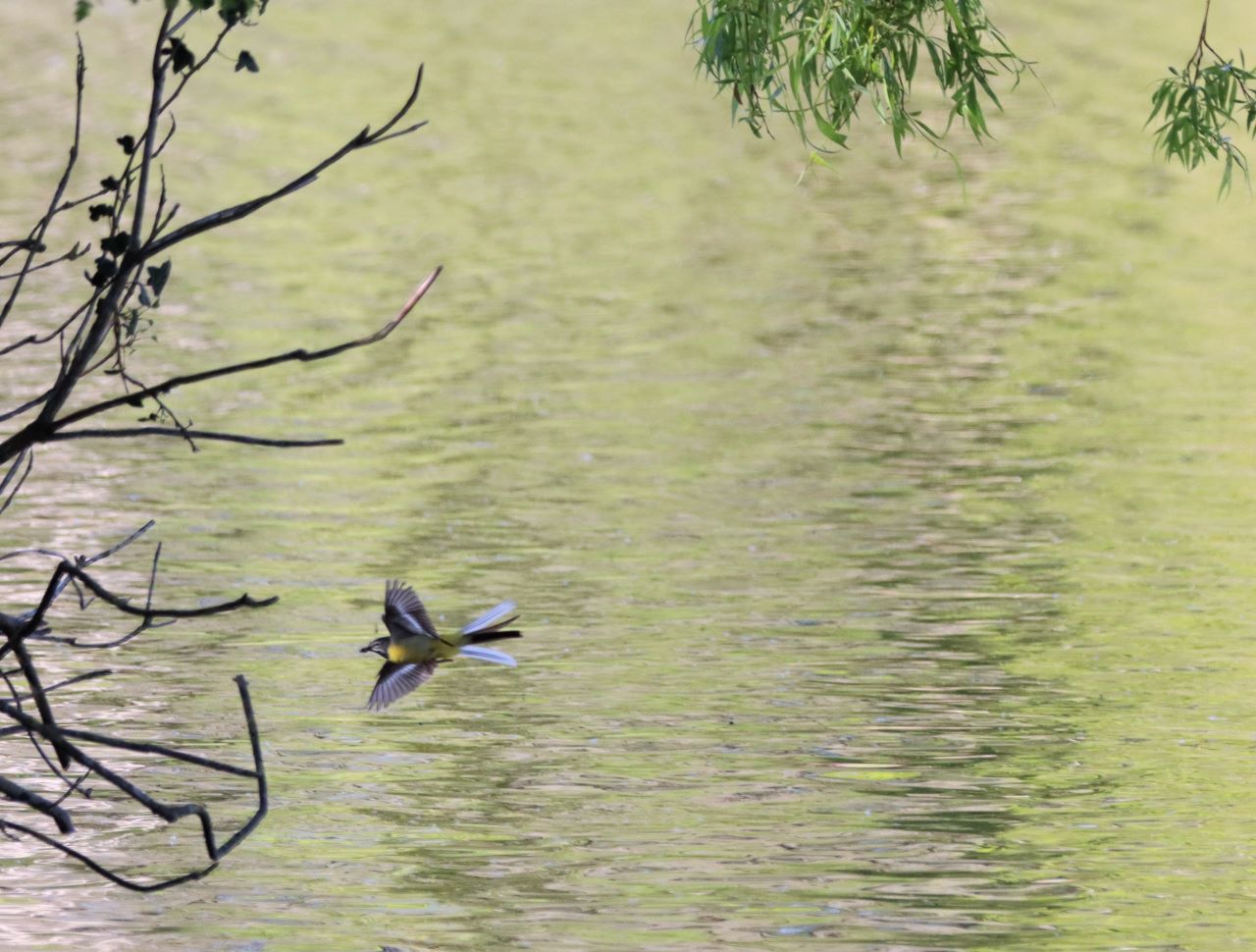
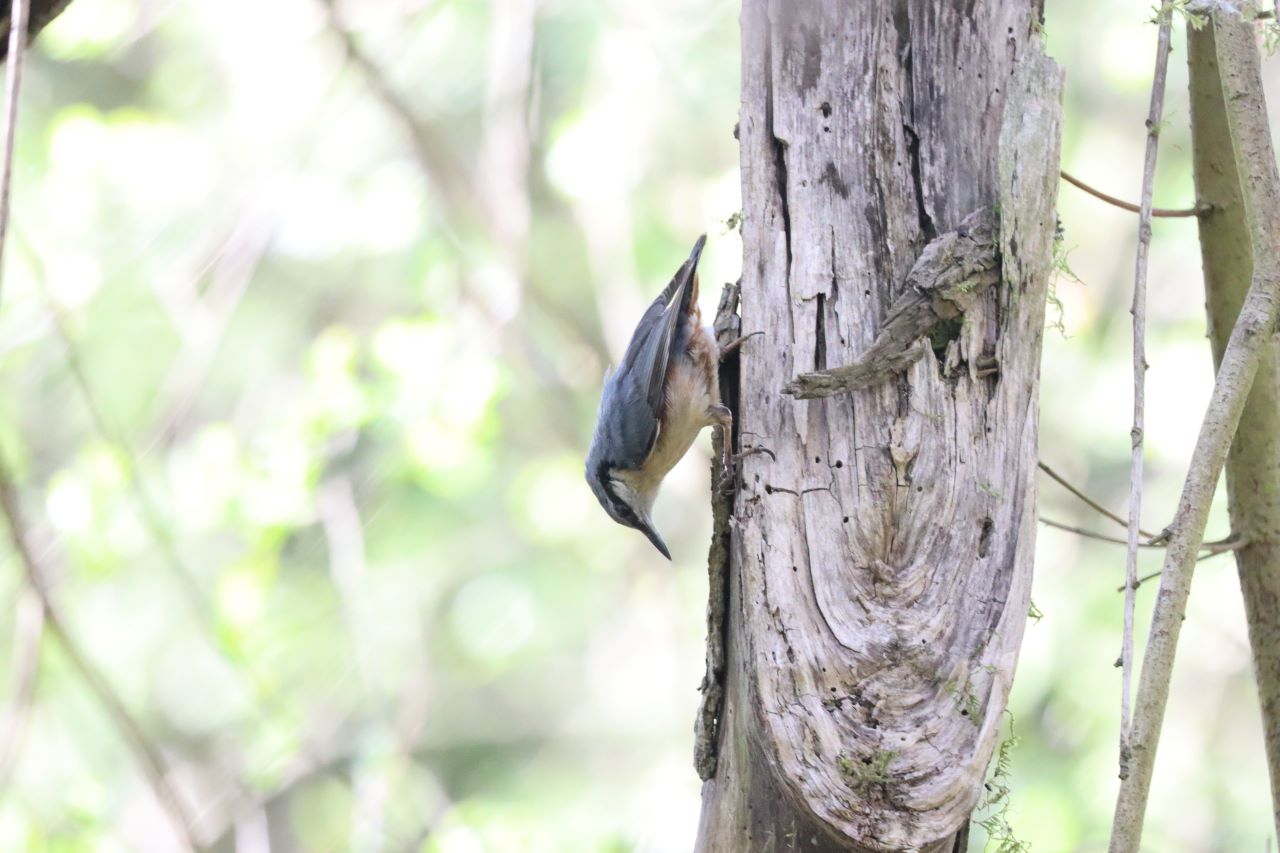
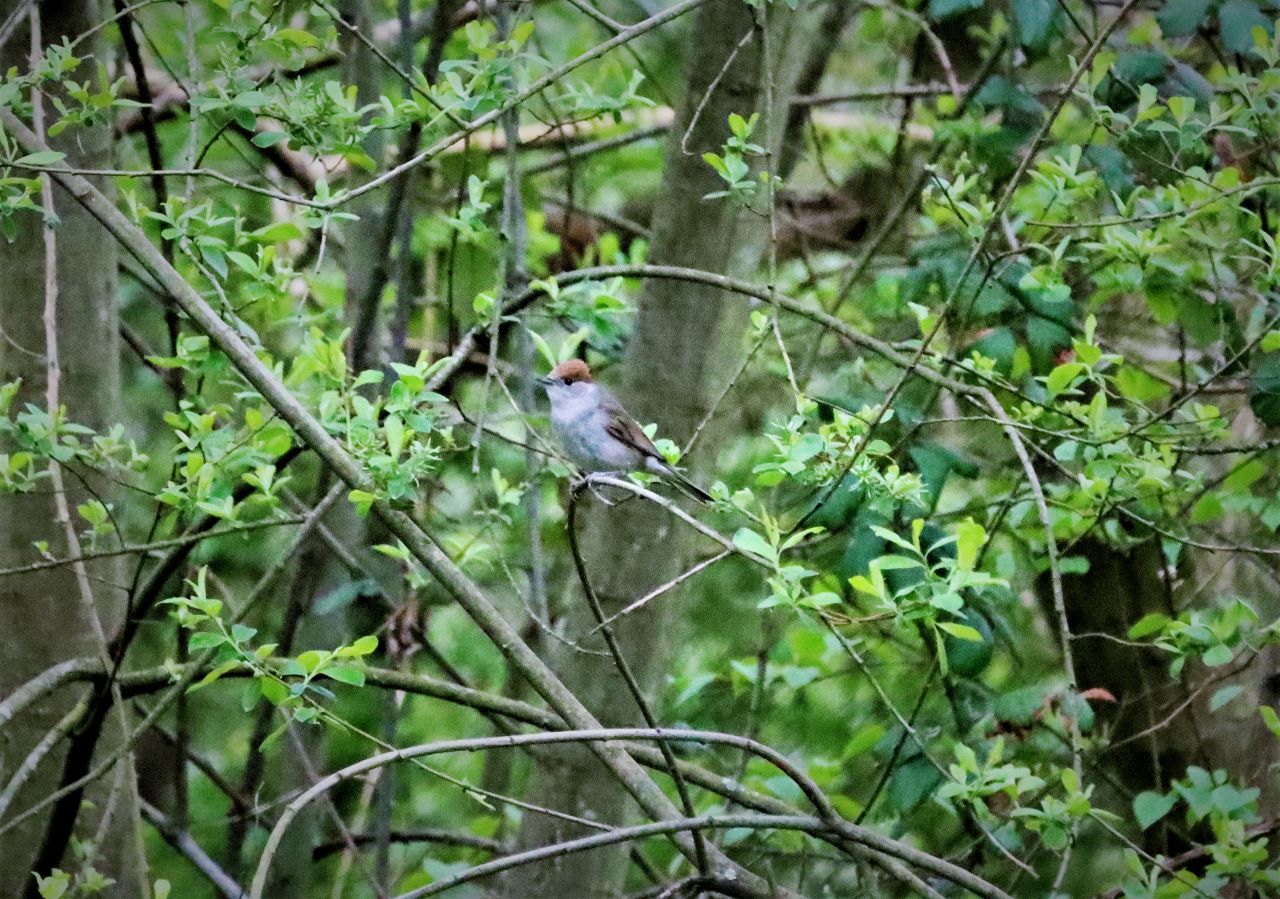

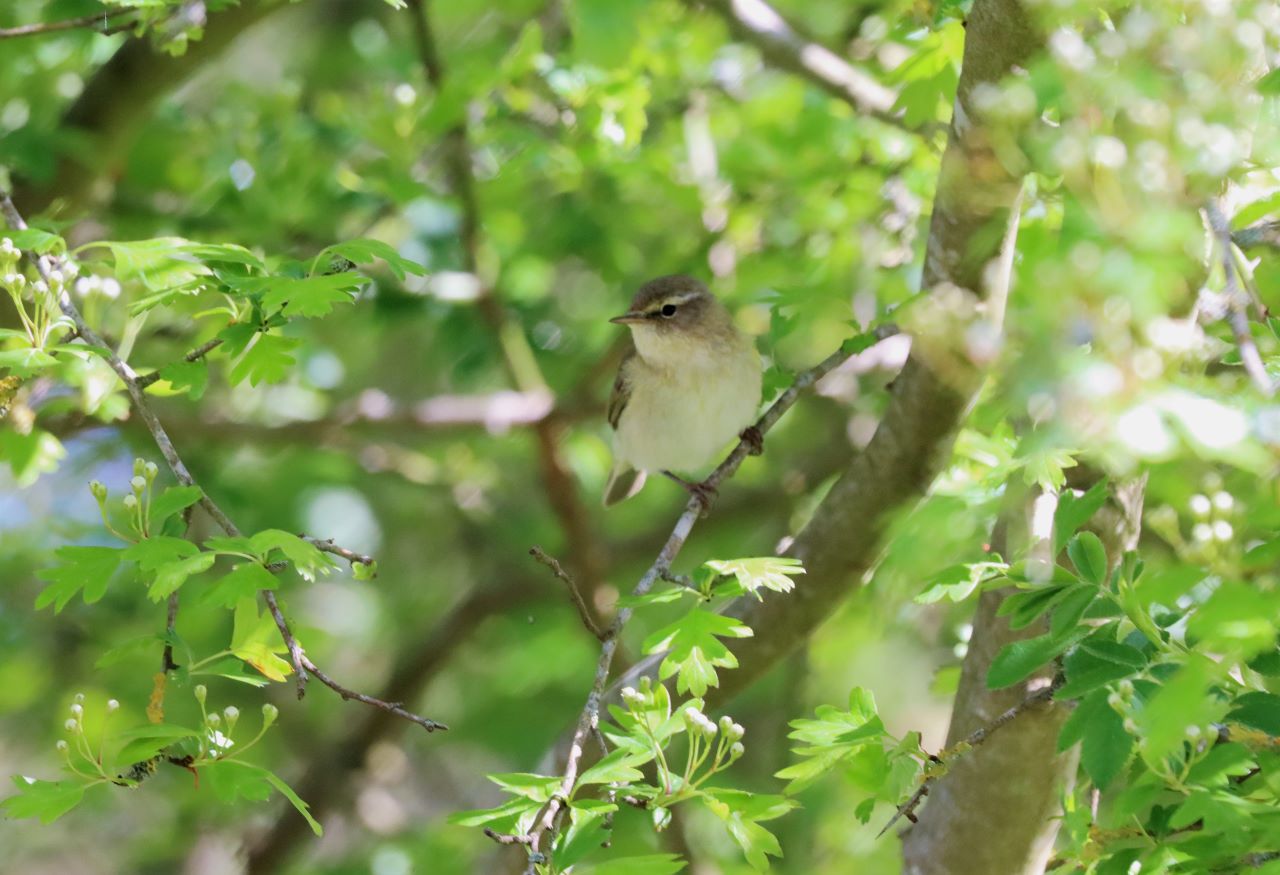











John Lomas
May 18, 2021 at 10:33 pm
Lovely selection of photos again from Malcolm Fincham.
What does he think the bird is, upper right in the Roe Deer picture?